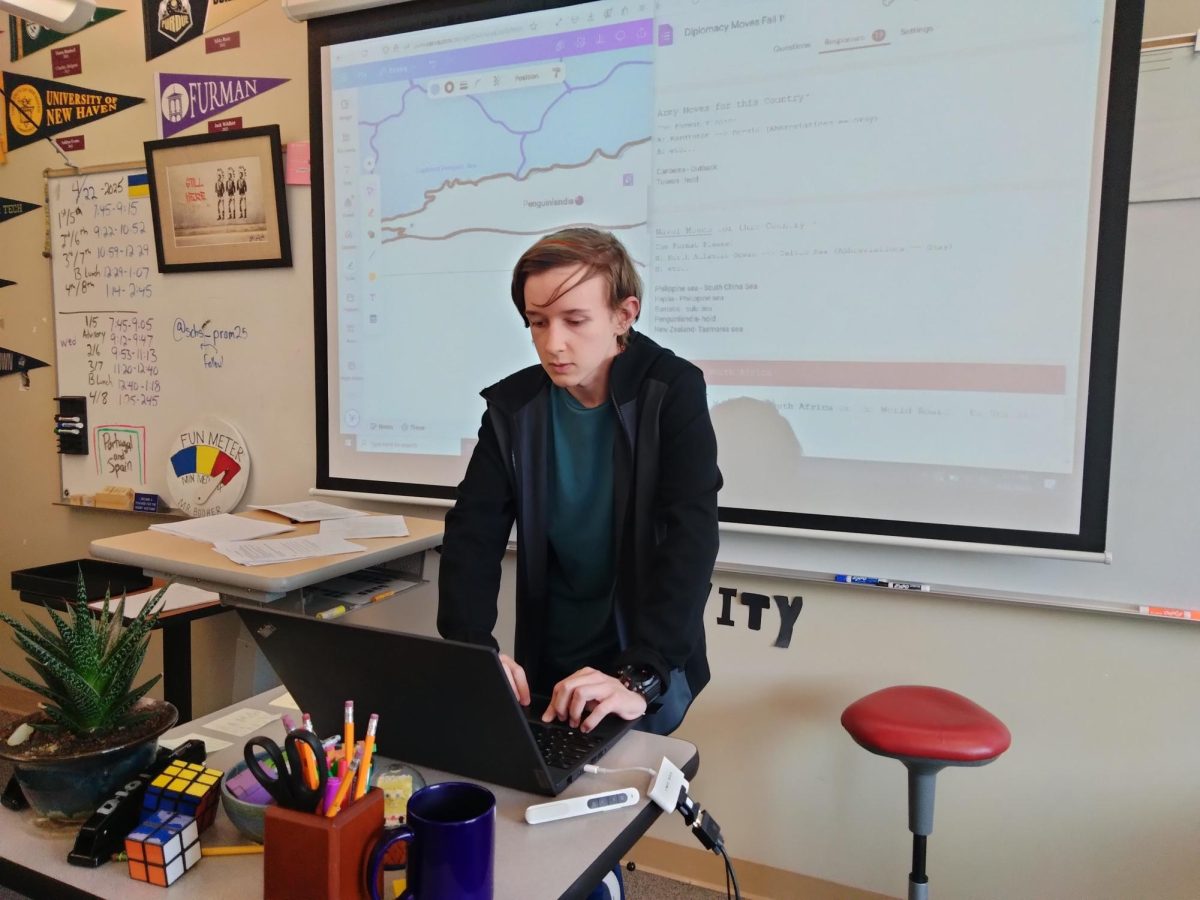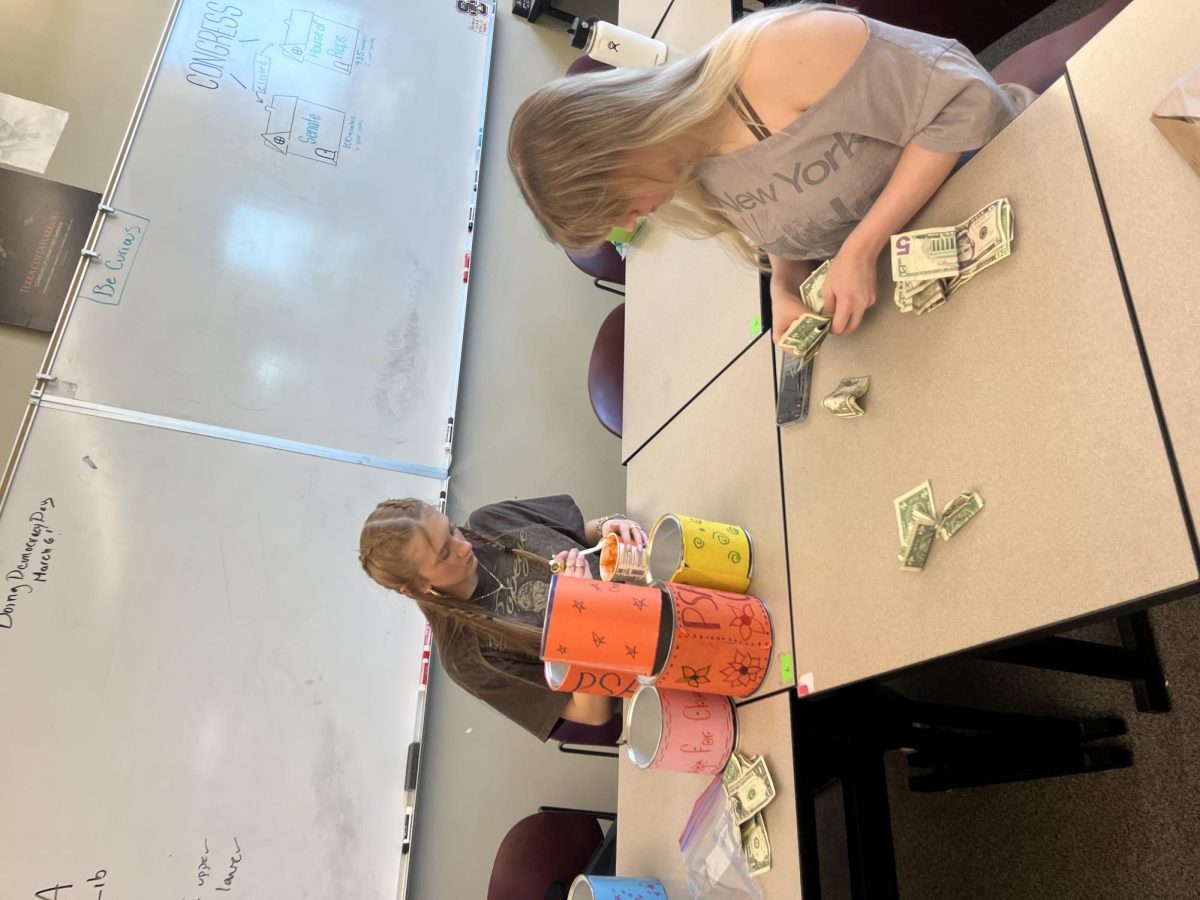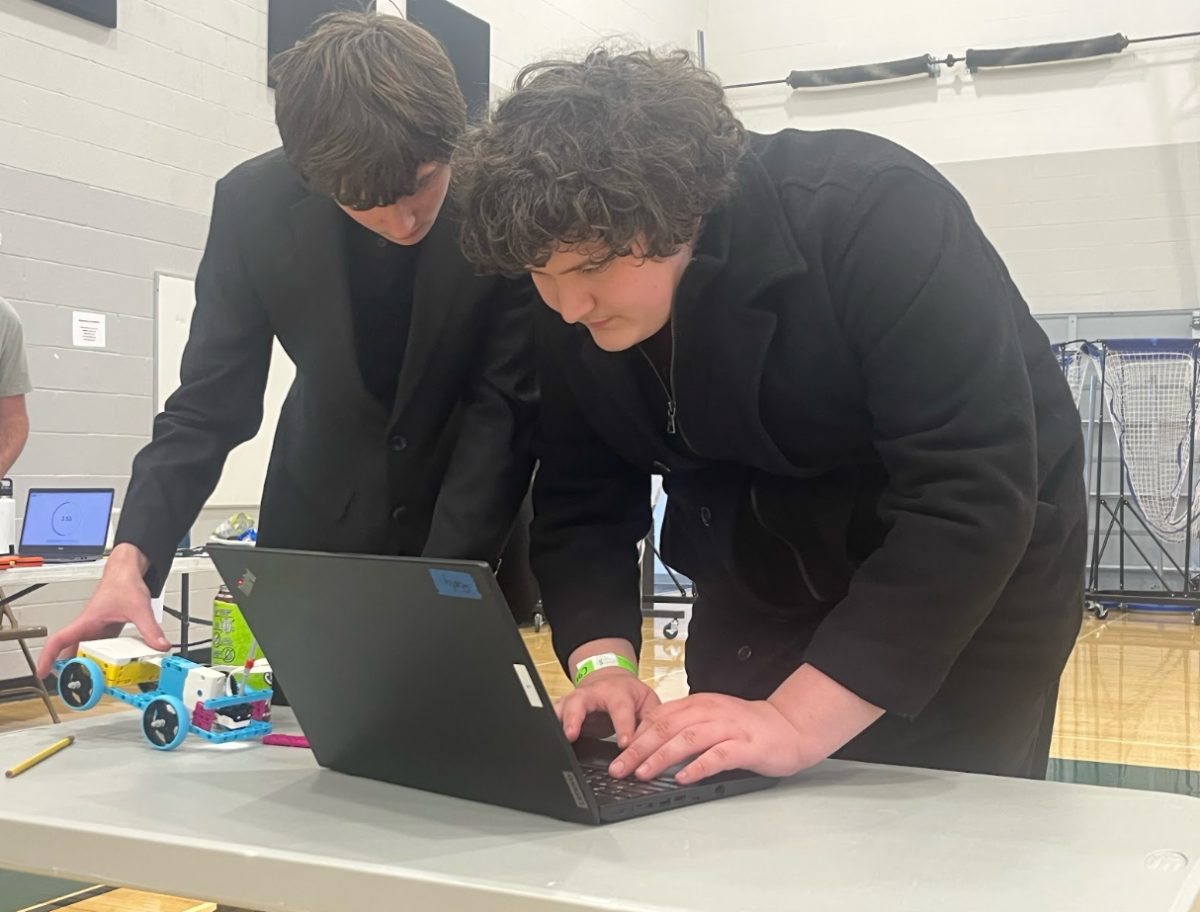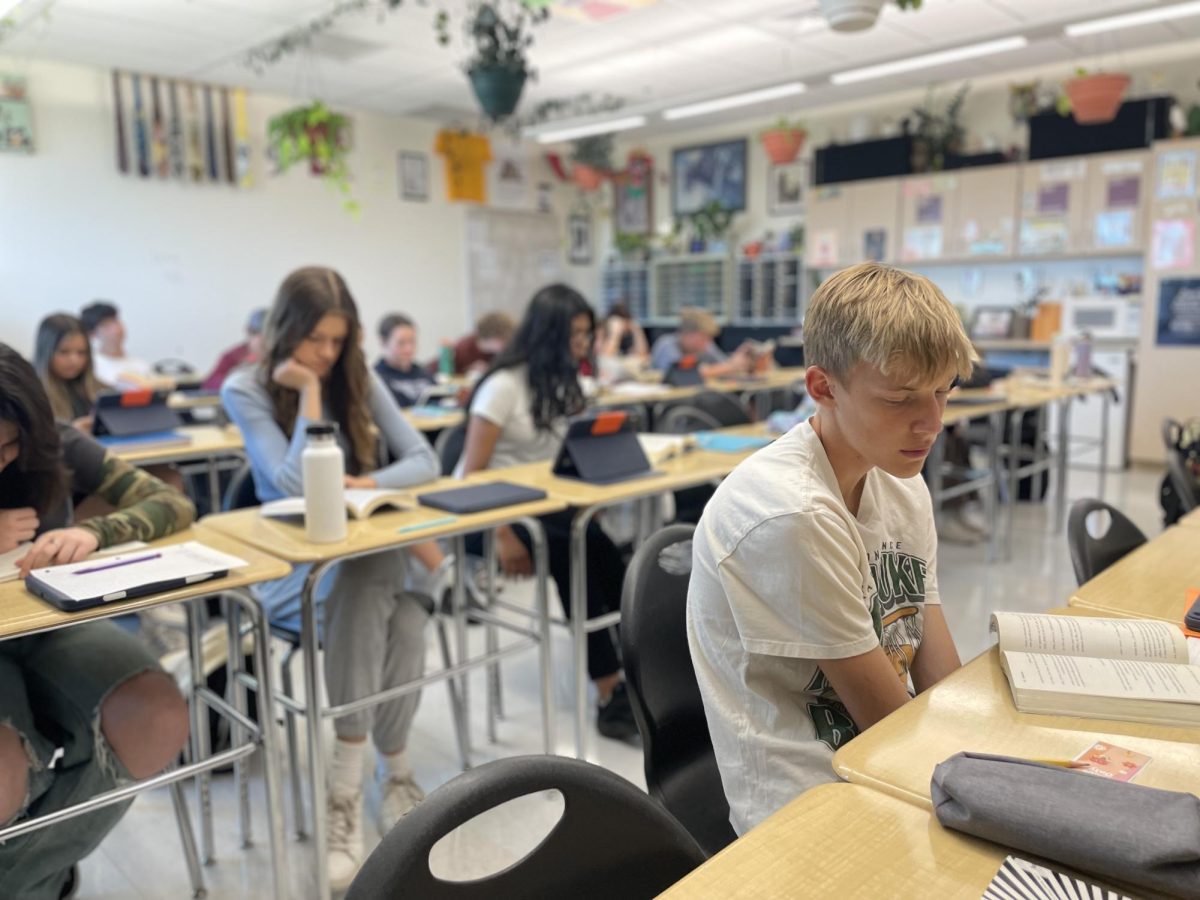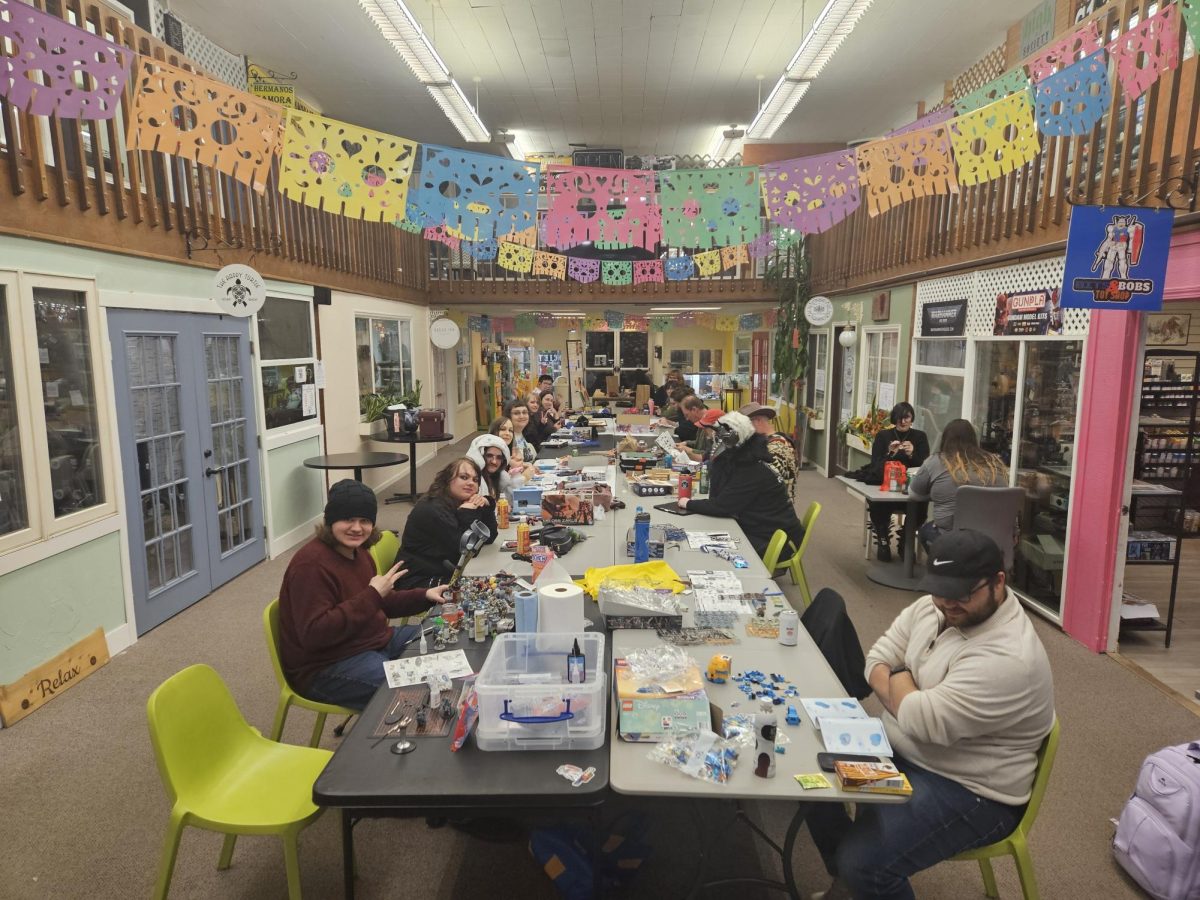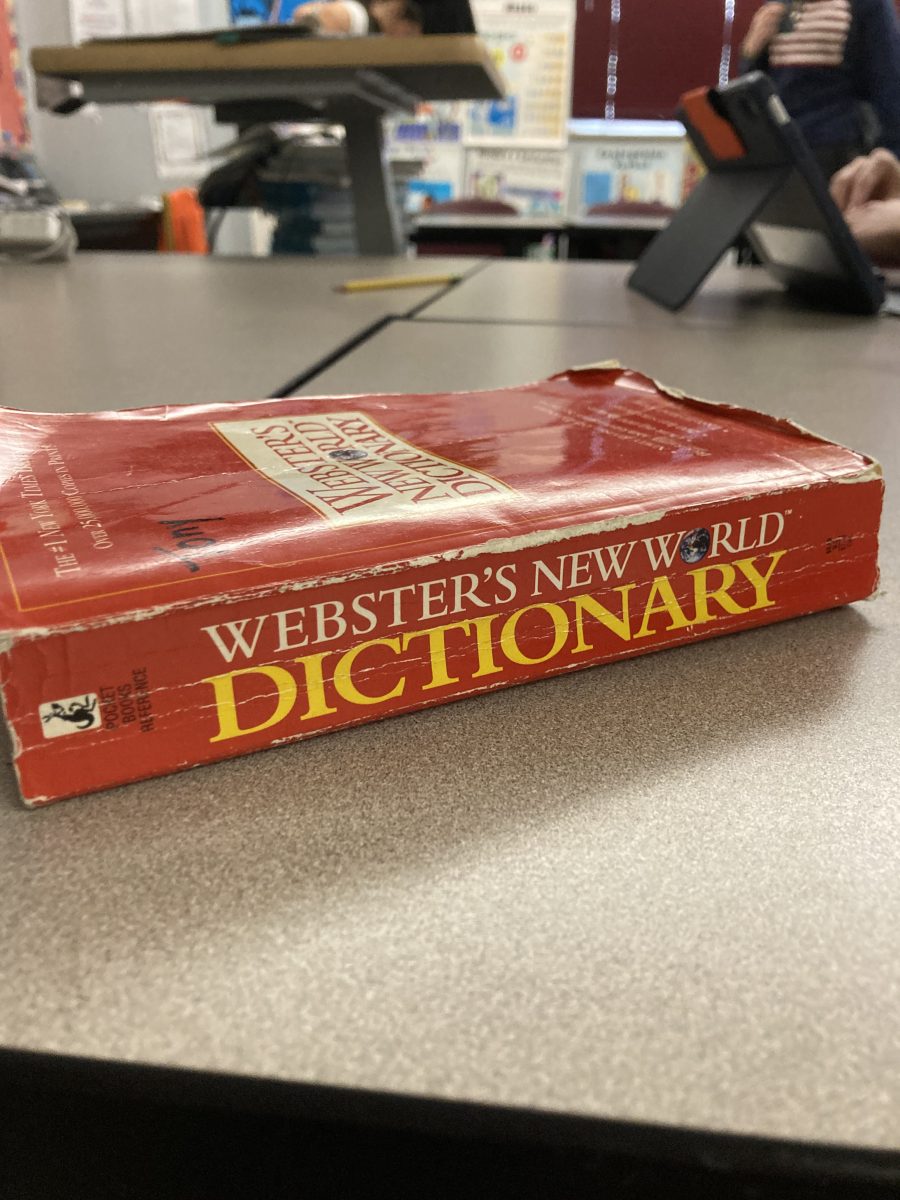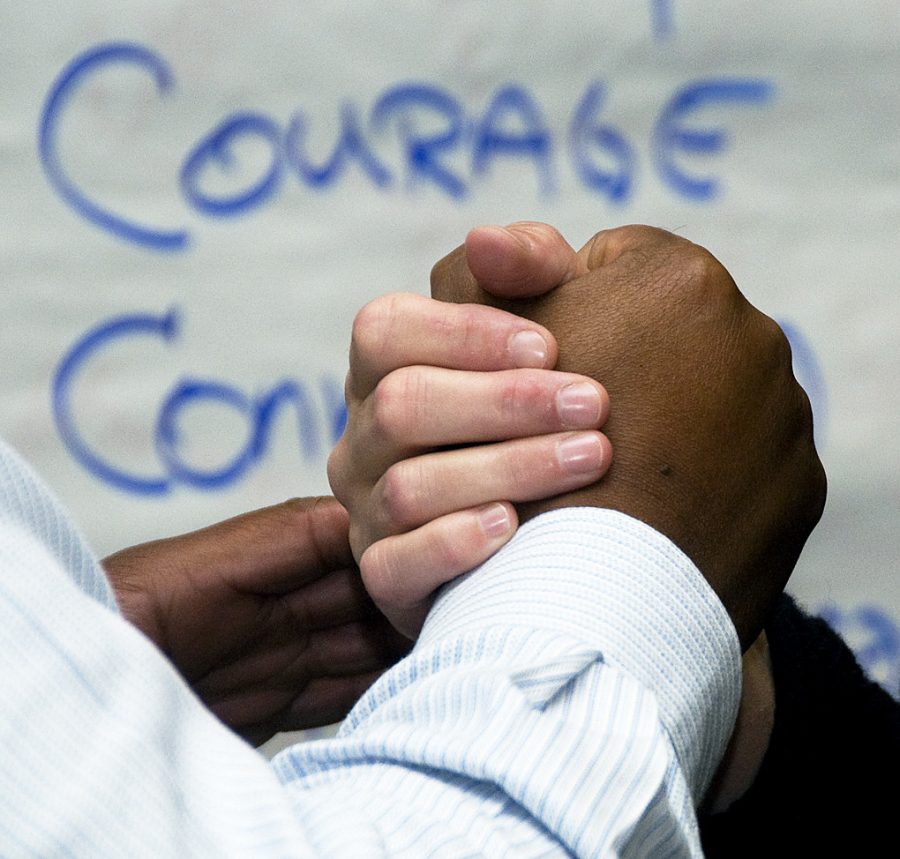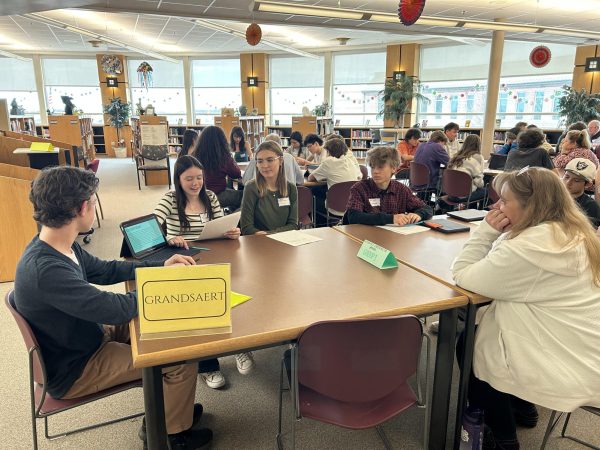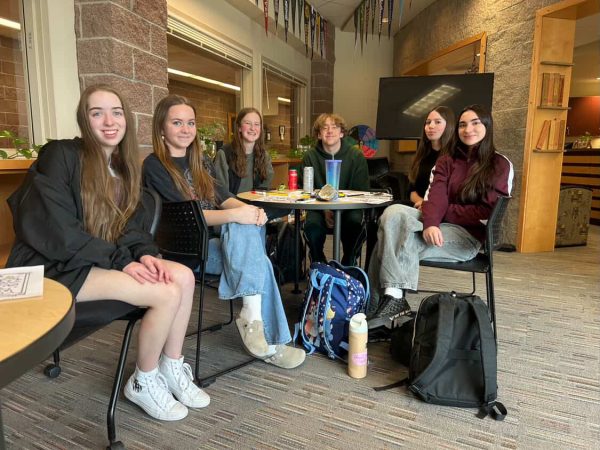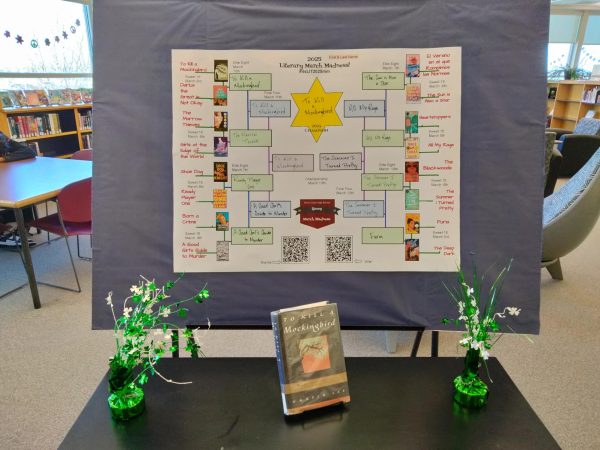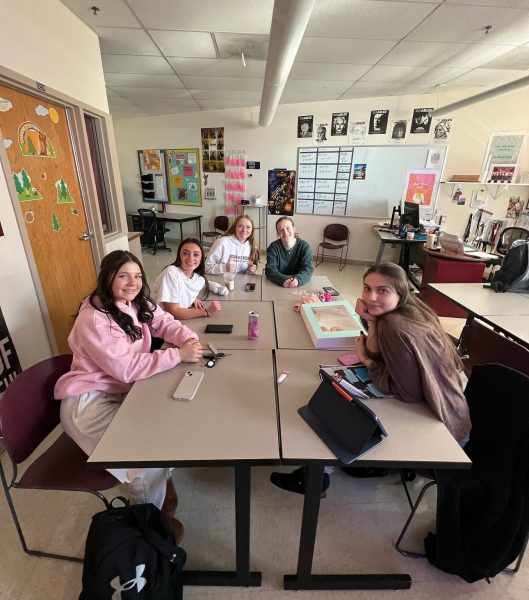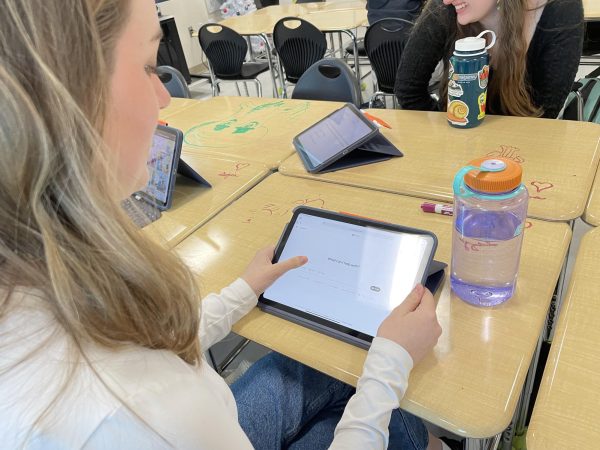Are We Encouraging and Supporting Diversity At Our School?
Disclaimer: this article cannot claim to speak for the experience of every individual student experience or the school as a whole. This is only my opinion based on my own research pool.
“2011 Diversity Conference” by OregonDOT is licensed under CC BY 2.0
At the 2011 Diversity Conference, working side-by-side among different minority groups was the key. At our school, we must do the same in order to create a supportive environment. “Open to all interests and backgrounds and student beliefs,” as said by Silver Creek teacher Mr McNichols.
A key concept in the modern, ever-changing world of society is diversity and acceptance. High school, which is just another ring of that social setting, is no different. There’s always been the myths or rare realities of students being bullied and outcast and shoved in lockers for being “different”, what we would think of diversity. However, in the halls of Silver Creek High School, does that stereotype of exclusion find truth— or are we truly making the effort to become an inclusive community, something desperately needed in every school?
That inclusivity is important because it makes for an environment where students can feel safe and respected. It makes our school a better, more welcoming place that makes more people want to come here and strengthens our community spirit. It enables students to broaden their worldview, for learning to become easier, and for us to ally as the Raptors.
Our students and staff agree that we are doing a good job of creating that environment— however, they also see that no school is perfect, and that there are always improvements to be made. As for what those improvements are? Let’s see some perspectives, and then discuss.
Silver Creek High School history teacher, Steve McNichols, is one of those who agrees. Based on his studying civil rights and patterns of history, he sees that Silver Creek is making the effort to grow and change in the way schools have been “since landmark cases like Title IX and Brown v. Board [of Education]”.
McNichols “believes that Silver Creek is a… welcoming environment, more so than average.”
There have been many changes throughout the history of schools and even in times as recent as ten years ago when it comes to diversity and acceptance in these institutions. As someone who’s studied a lot of diverse history, McNichols believes that while there are still struggles, things are changing for the better and will continue to do so as we work on it. He also believes the cooperation of students and faculty has done a good job.
Student activists agree that there is positive progress. However, activist Rakhi Kataria, while she also agrees that Silver Creek’s environment has been a supportive one, still thinks there is work to be done all across the school board. Her group, Diversify Our Narrative, believes there could be more diversity and representation in the curriculum. Working with the Silver Creek staff and the curriculum board, they aim to change the lens of history that we are taught through. They want to alter our diversity in our texts, help students rethink their perspectives, and work within the framework of the school itself where room for improvement lies.
“The important next step beyond representation is training teachers to challenge the norm,” Kataria said on how the organisation works with curriculum altering, teaching styles, and the improvement of our general education. This is an aim to undo the bias in the school system itself, and one of the most important aspects of it.
But teachers, while they may not be altering their entire work just yet, still make their own collective efforts to build a diverse environment in their classrooms.
Stephanie Drake, an English teacher at Silver Creek, agrees that while student activists like Kataria and the teachers in their classrooms are working towards diversity in whatever ways they can, there are always improvements to be made.
Her work in journalism is another outlet for diversity that allows student voices to come forward— though there are difficulties getting widespread representation from such a new outlet, the goal of the program is ultimately to reflect the experience of all students. In both areas, there is potential for that support to exist at school.
However, teachers face the difficult balance of funds, curriculum, and desire to do better by their students. The journalism team may not be able to encompass all student experiences yet. Still, small changes are made; small things are learned, and these combinations push for a more welcoming place for students.
“These changes might not look like a physical book in your hand,” Drake said during an interview. And as she says, even if the school’s work doesn’t show in updated diverse textbooks or fully changed curriculums just yet, that work for diverse representation is there.
And the potential for more of that change to come lies in what every one of us can do.
The most important decision here is to work together to create a welcoming environment. This involves listening to our teachers and reporters when they discuss issues of diversity or representation, either past or present, and learning from ourselves. This work involves uplifting students who are minorities by giving them that representation in the community. This work involves listening to people of those minority groups to know how we can do better ourselves.
Diversify Our Narrative works from the curriculum up but student to student as well, representing unique voices. Journalism is a conduit for those voices. Classrooms are where every student learns about the diversity of the world. If we listen, there is education and improvement from sources everywhere.
That has to be encouraged, sought out, and made possible through our collective efforts.
We must continue to uplift and support diverse voices at our school, as well as being open to activism and change that reforms our school environment. Whether it be joining organisations, editing the curriculum, learning from the past, there is always more we can do. As society changes, so must we, and that’s one thing we can all reach a consensus on.
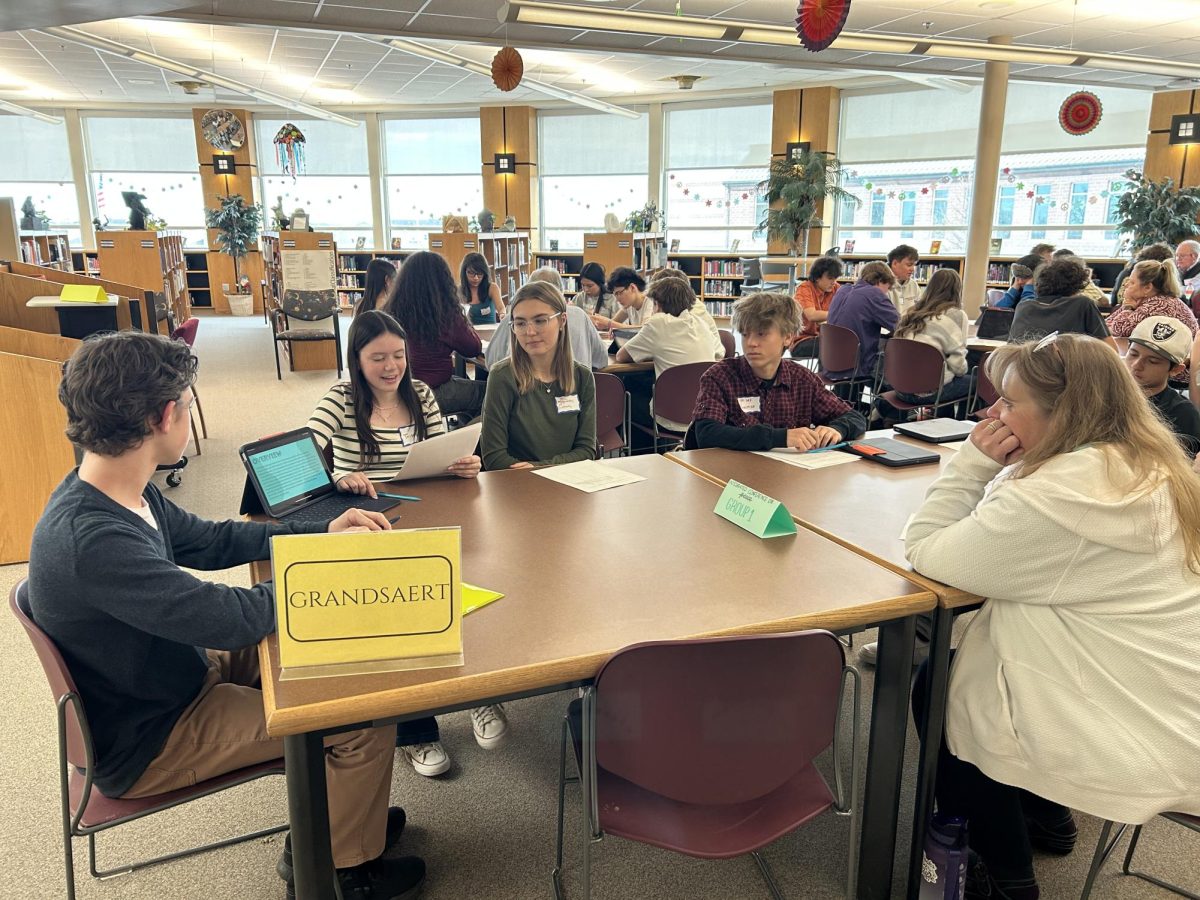
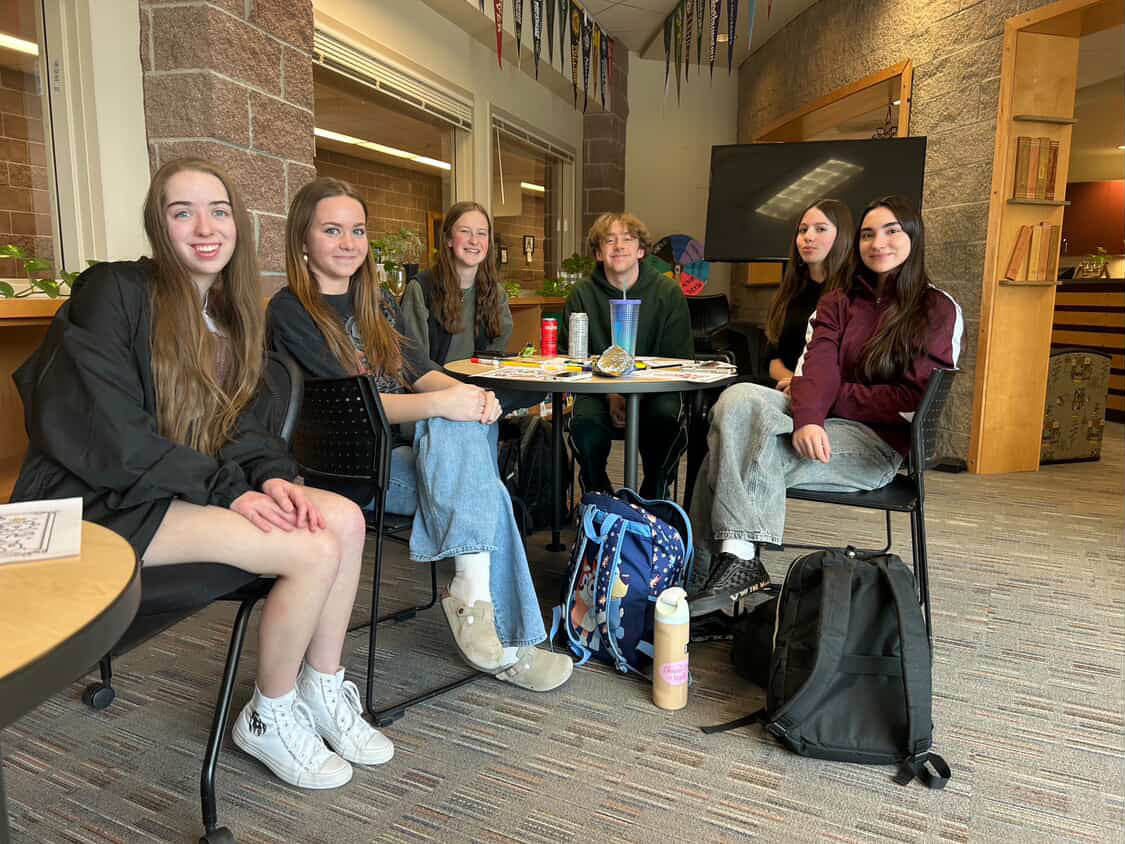
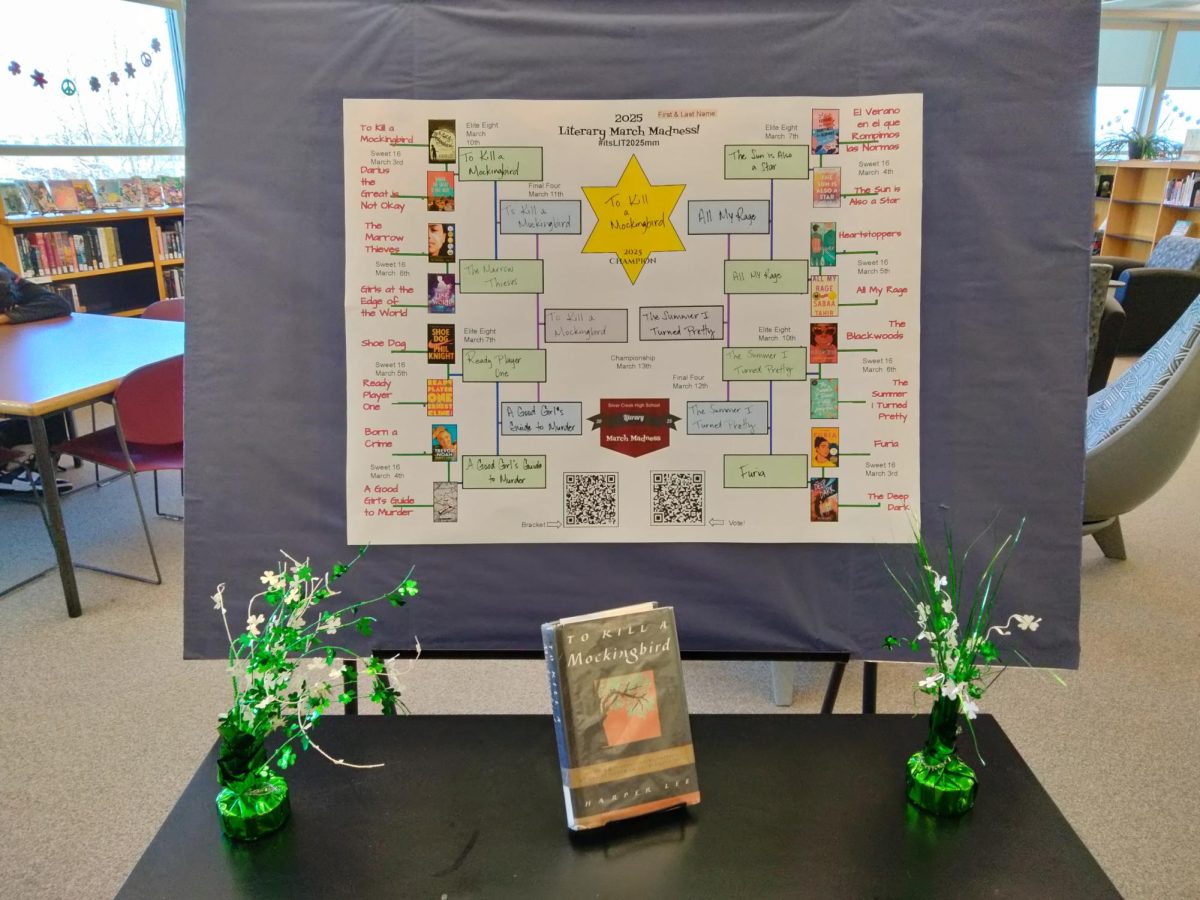
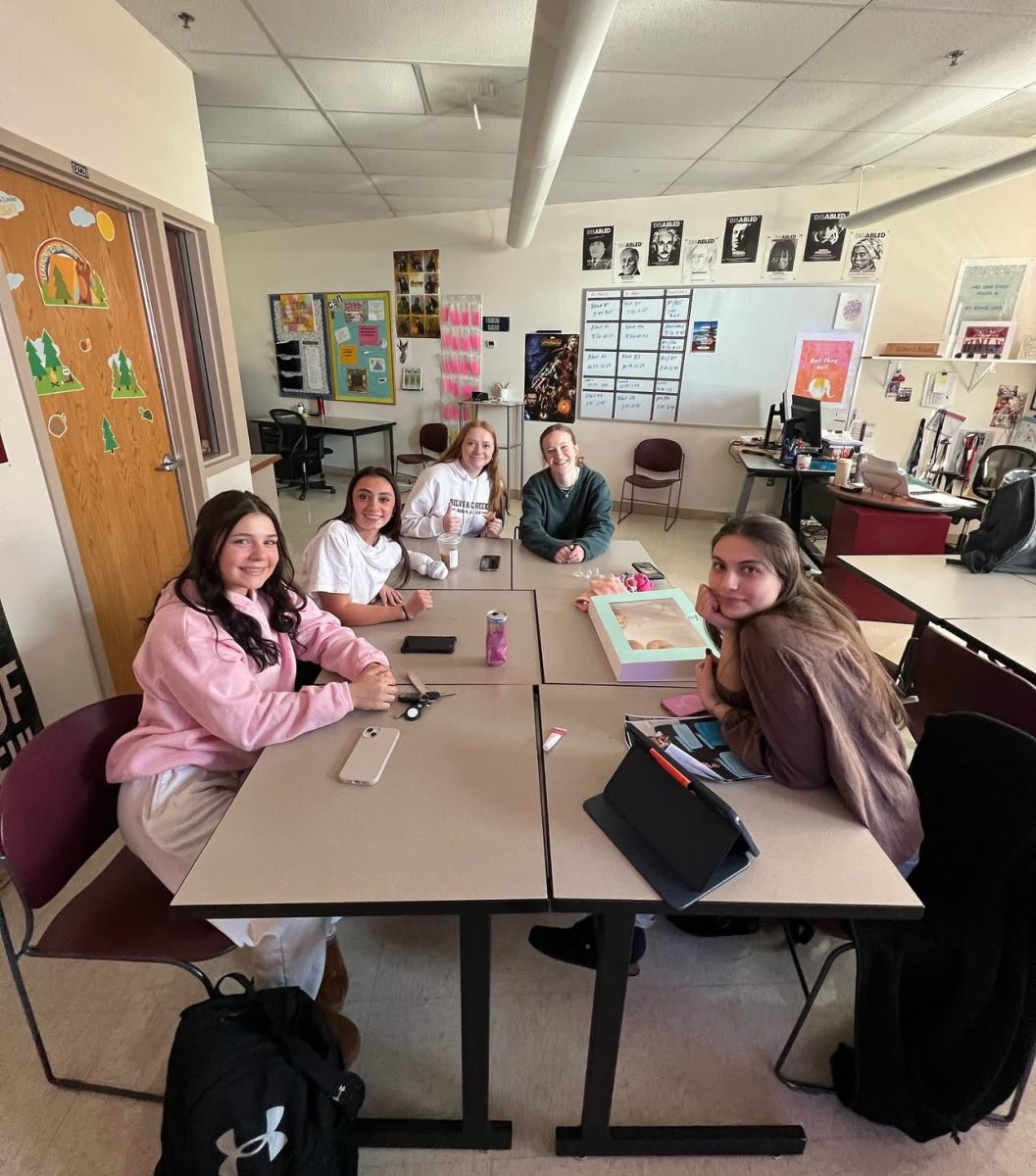
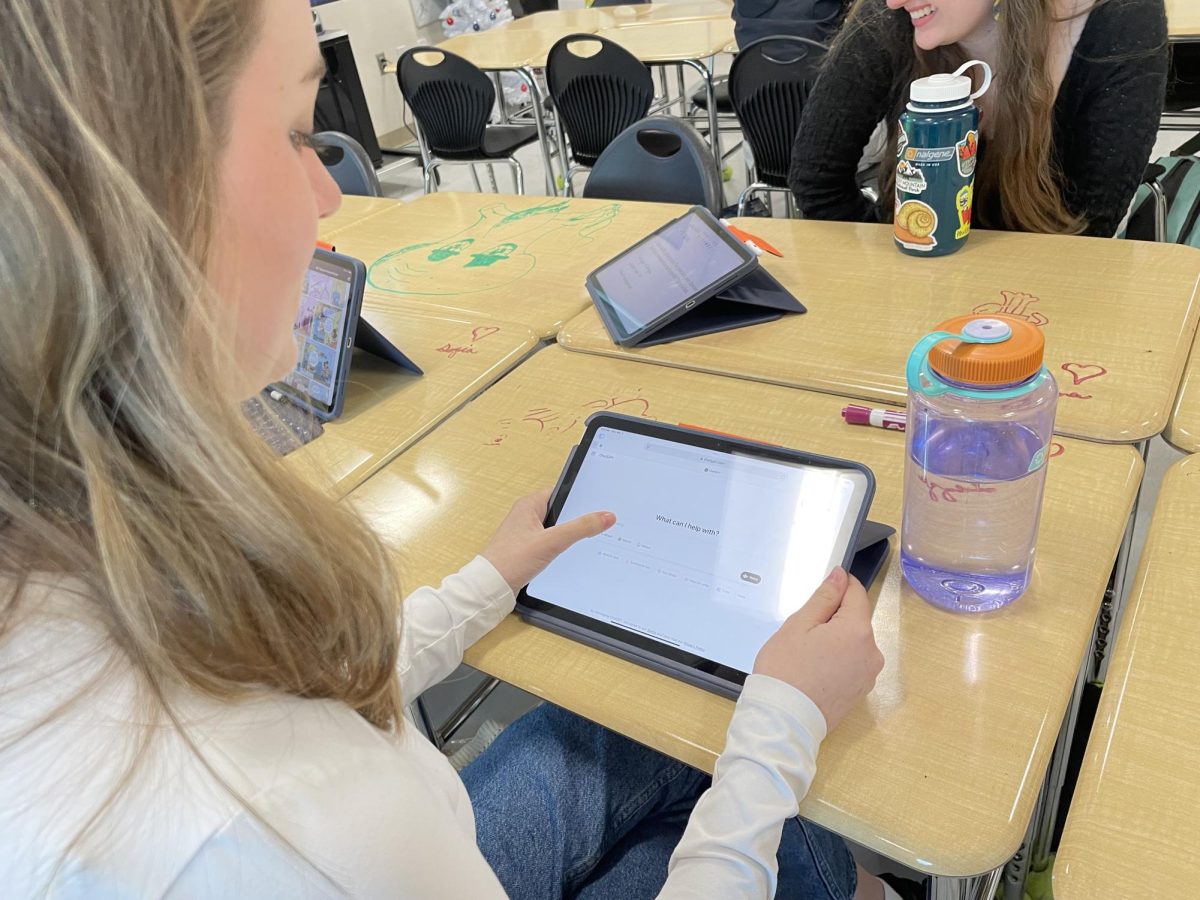
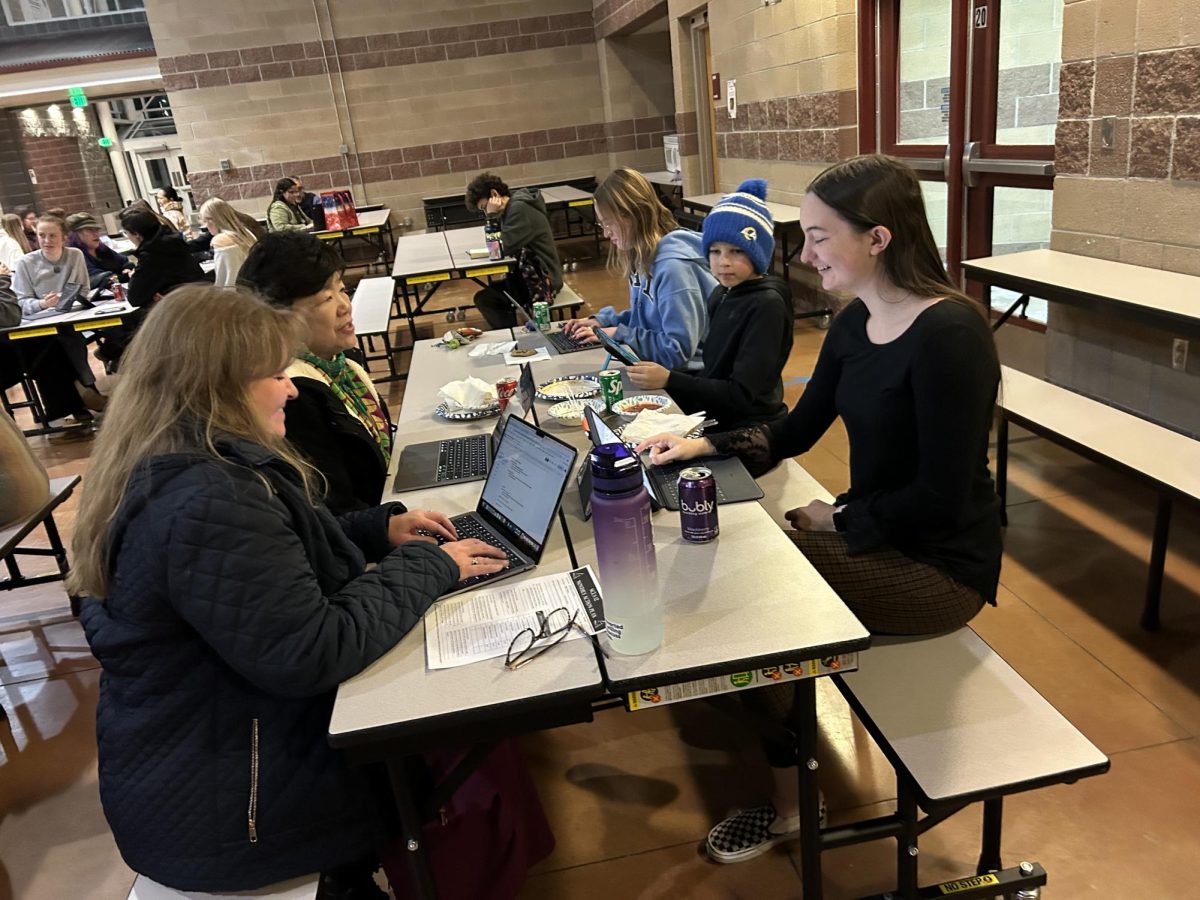
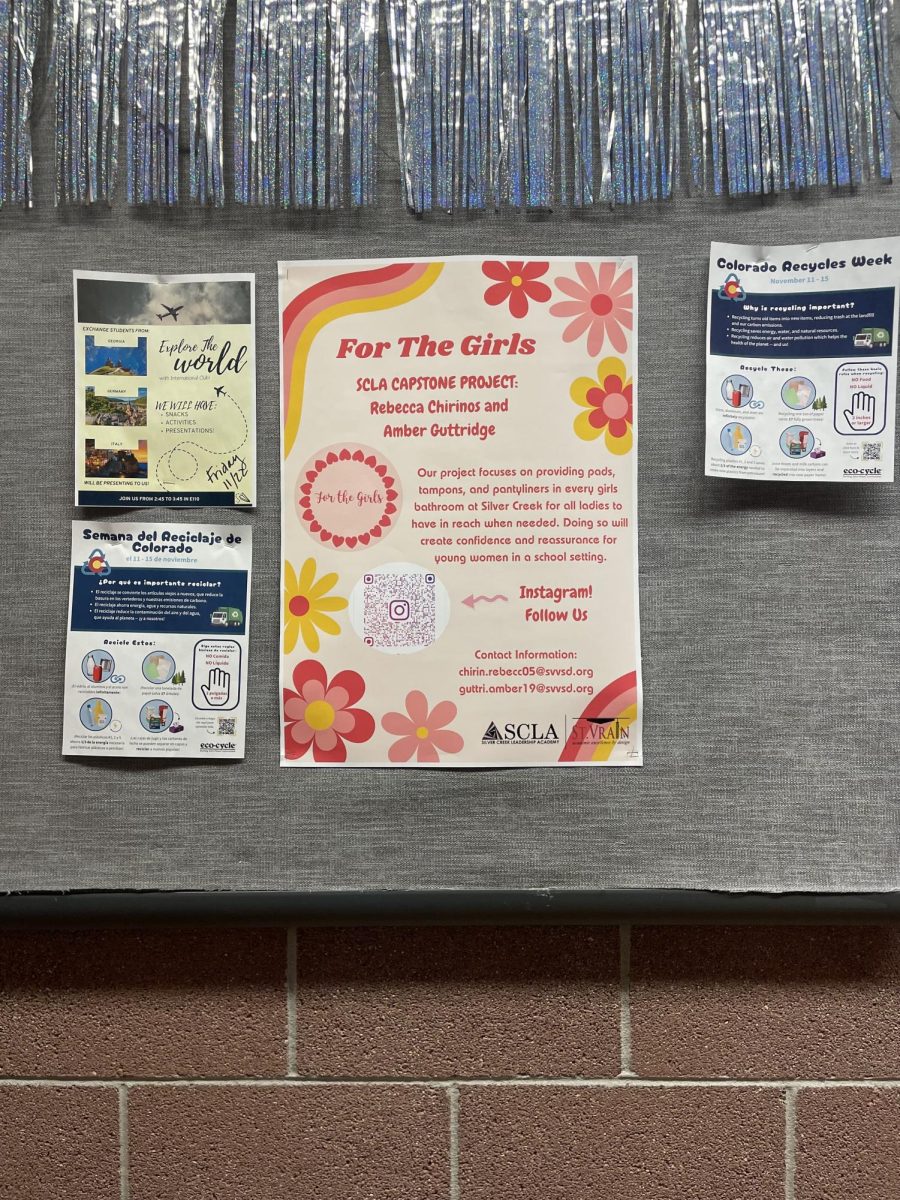
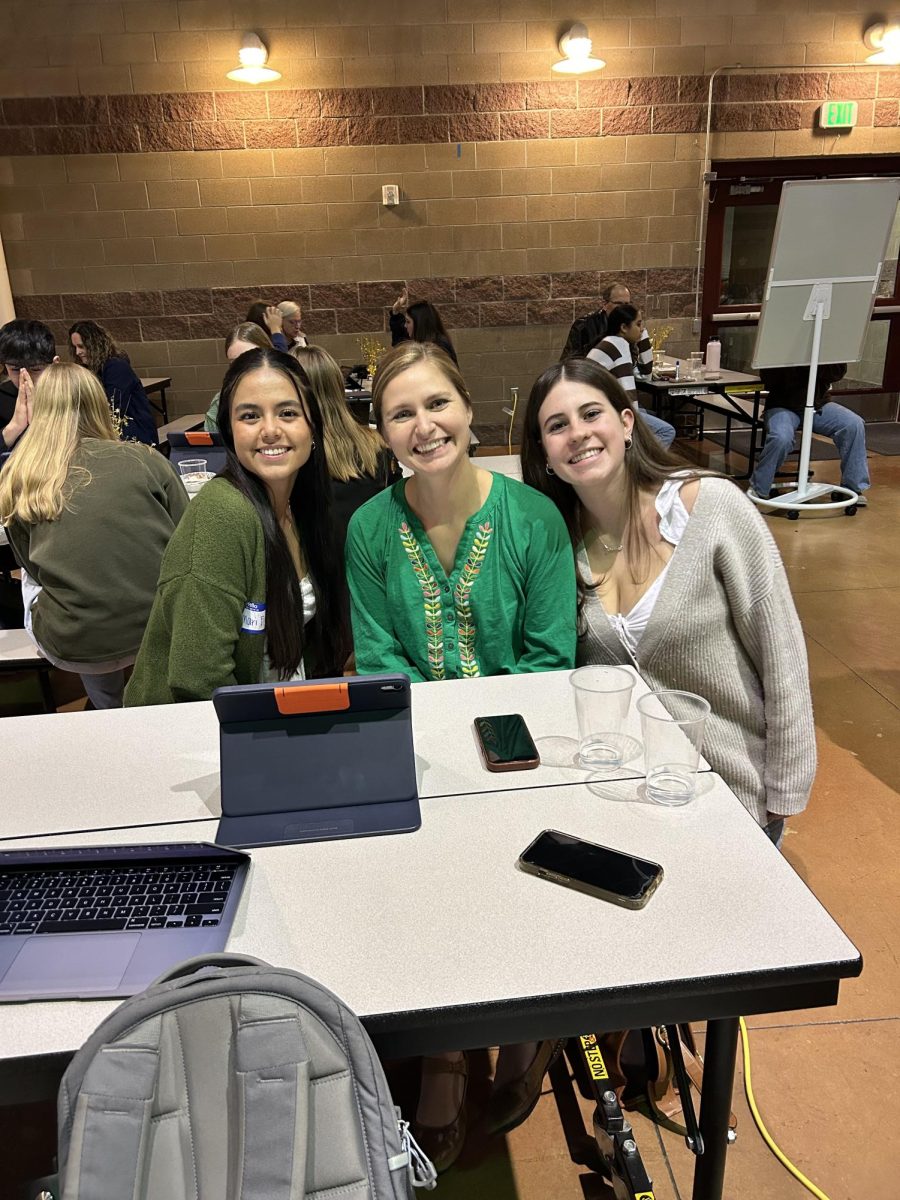
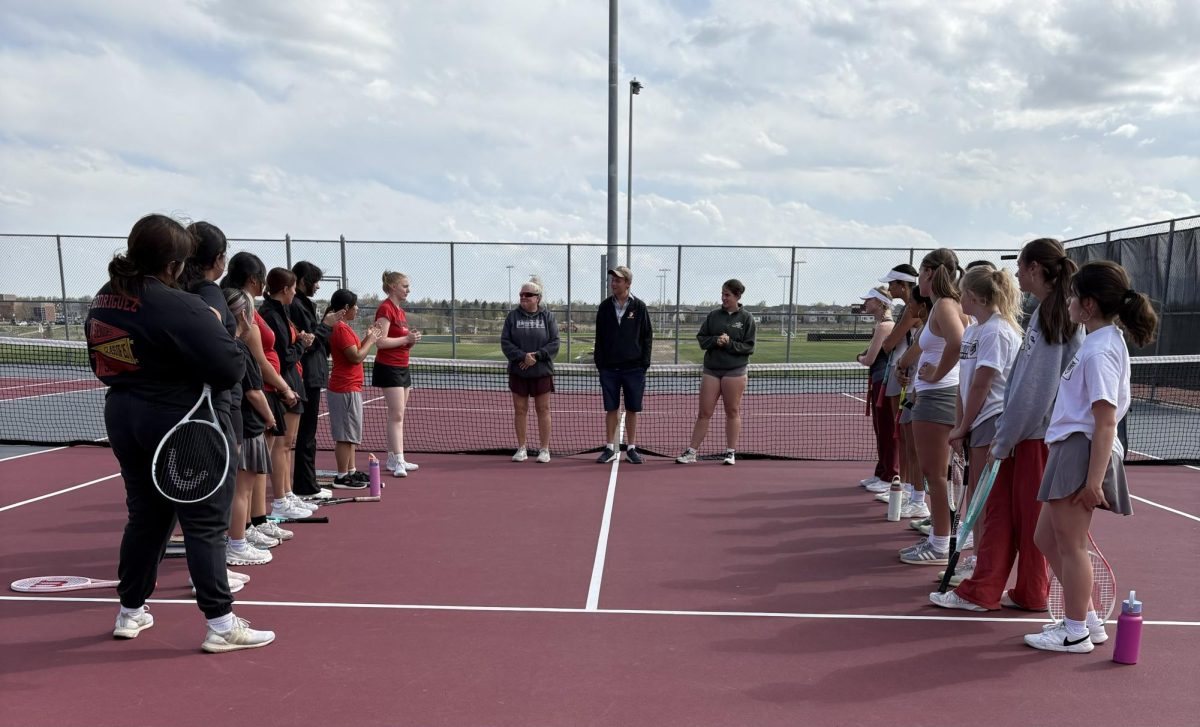
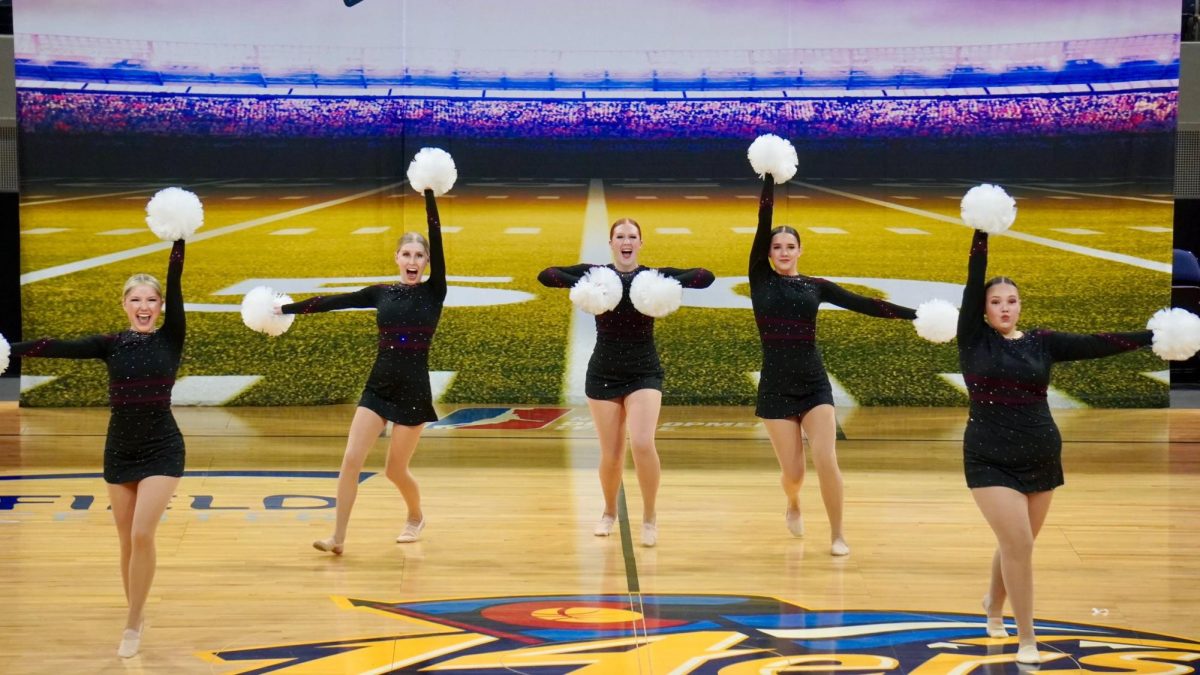
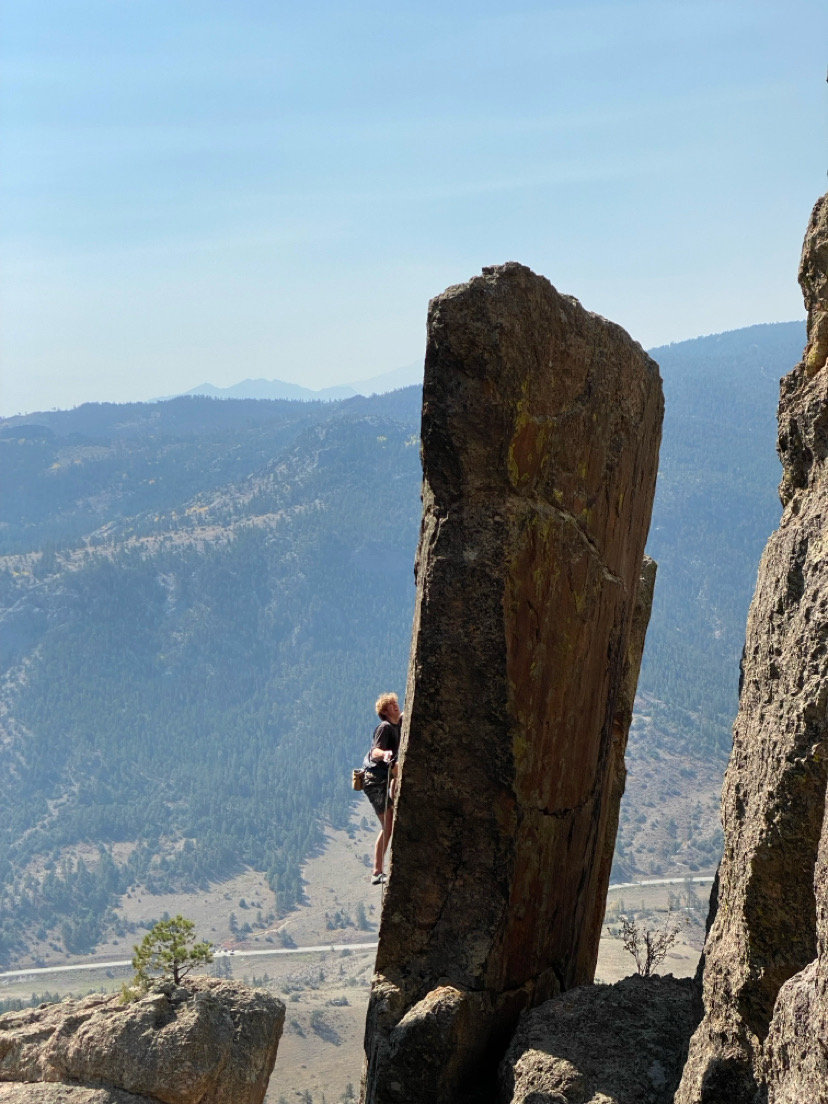
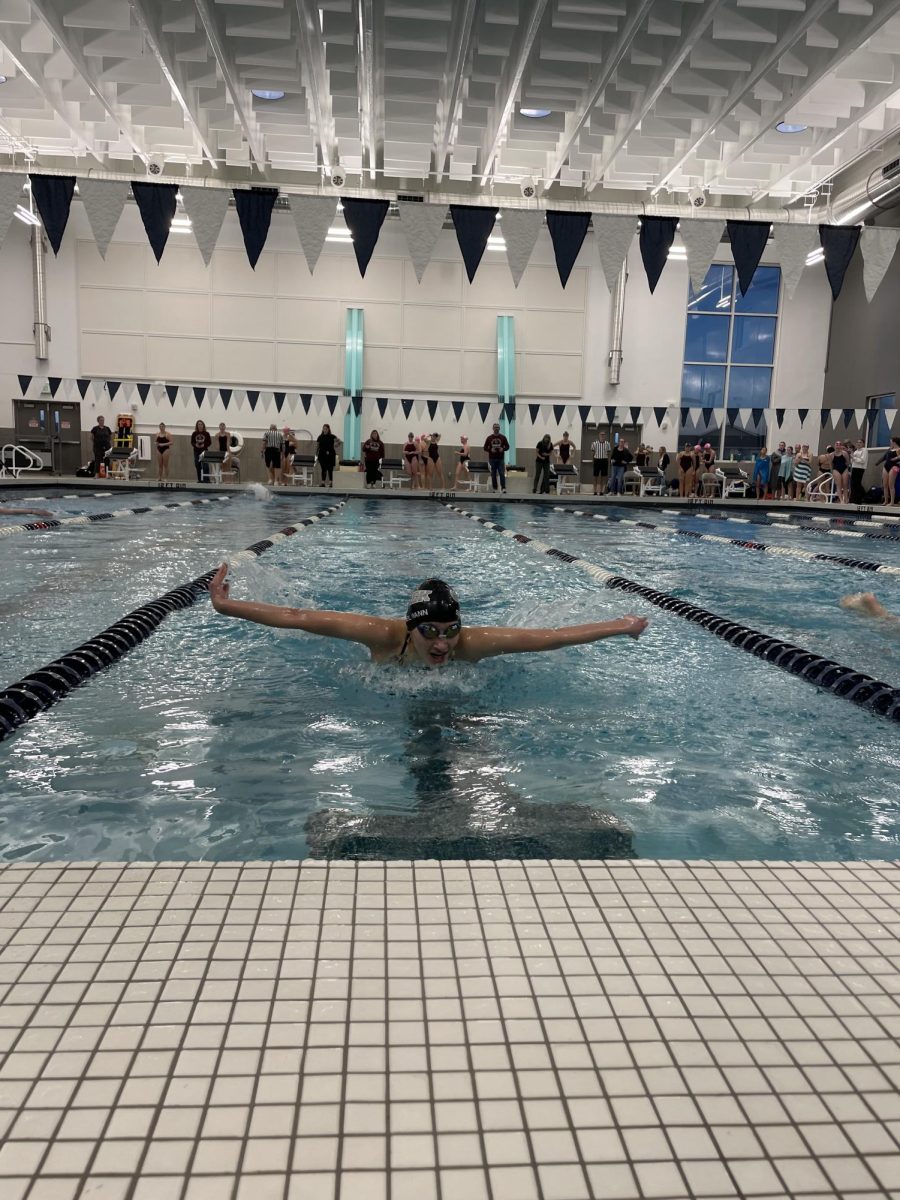
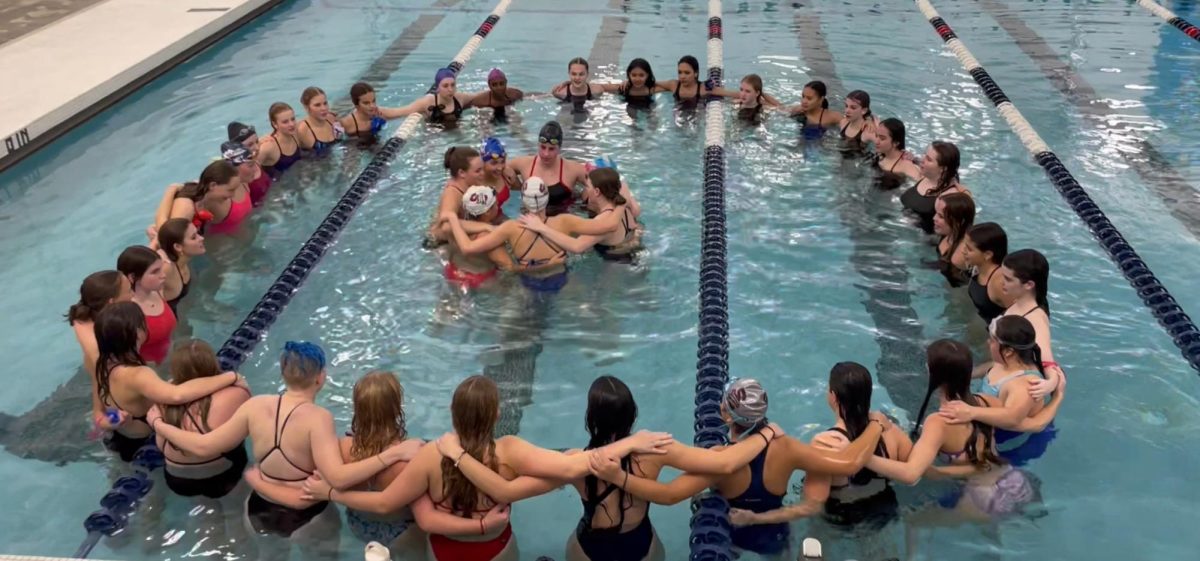
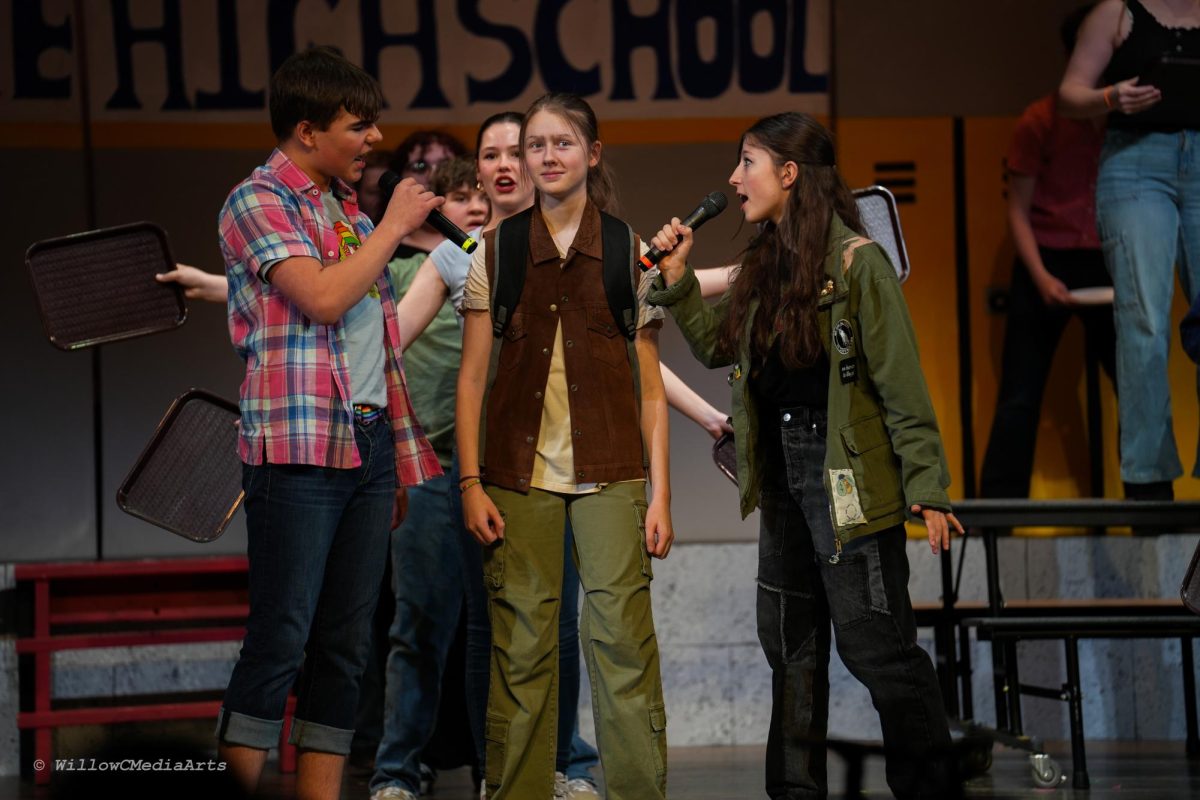
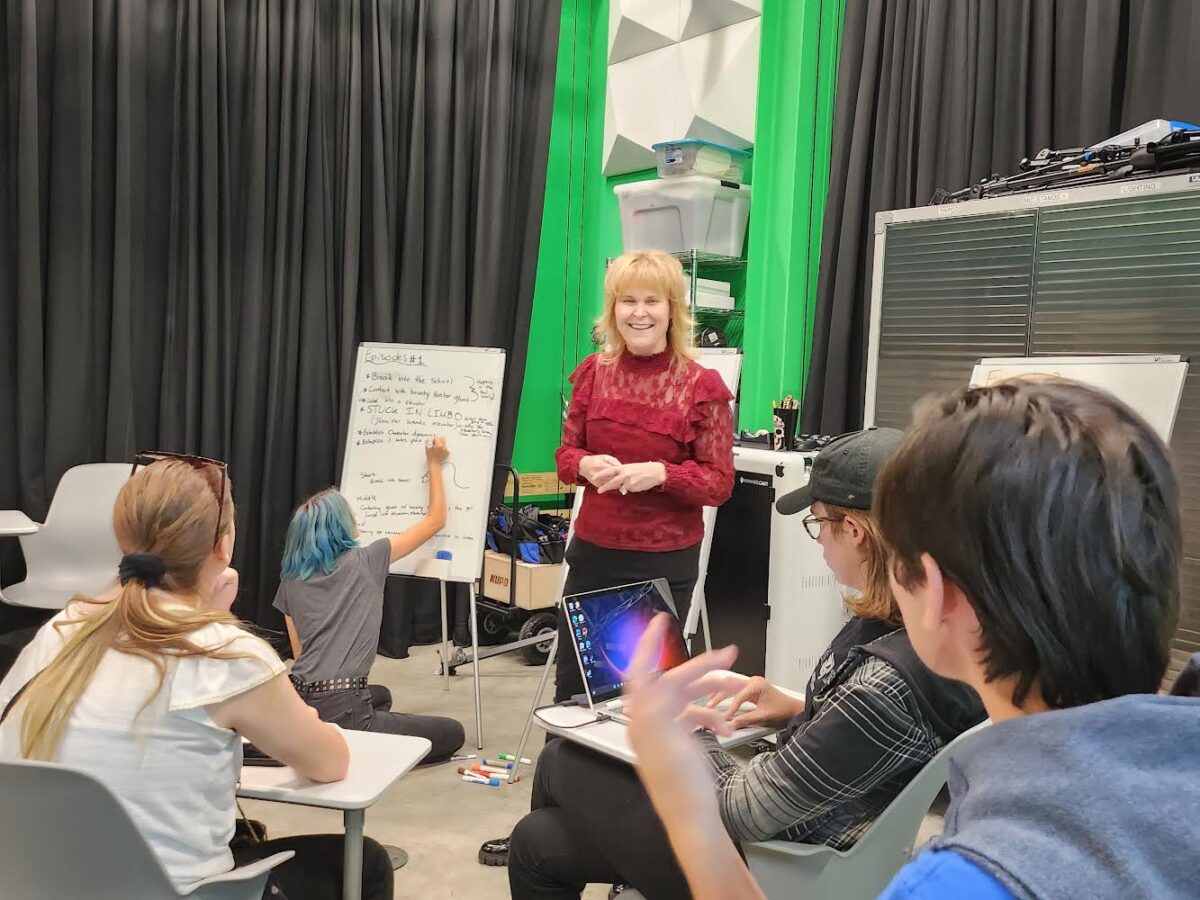

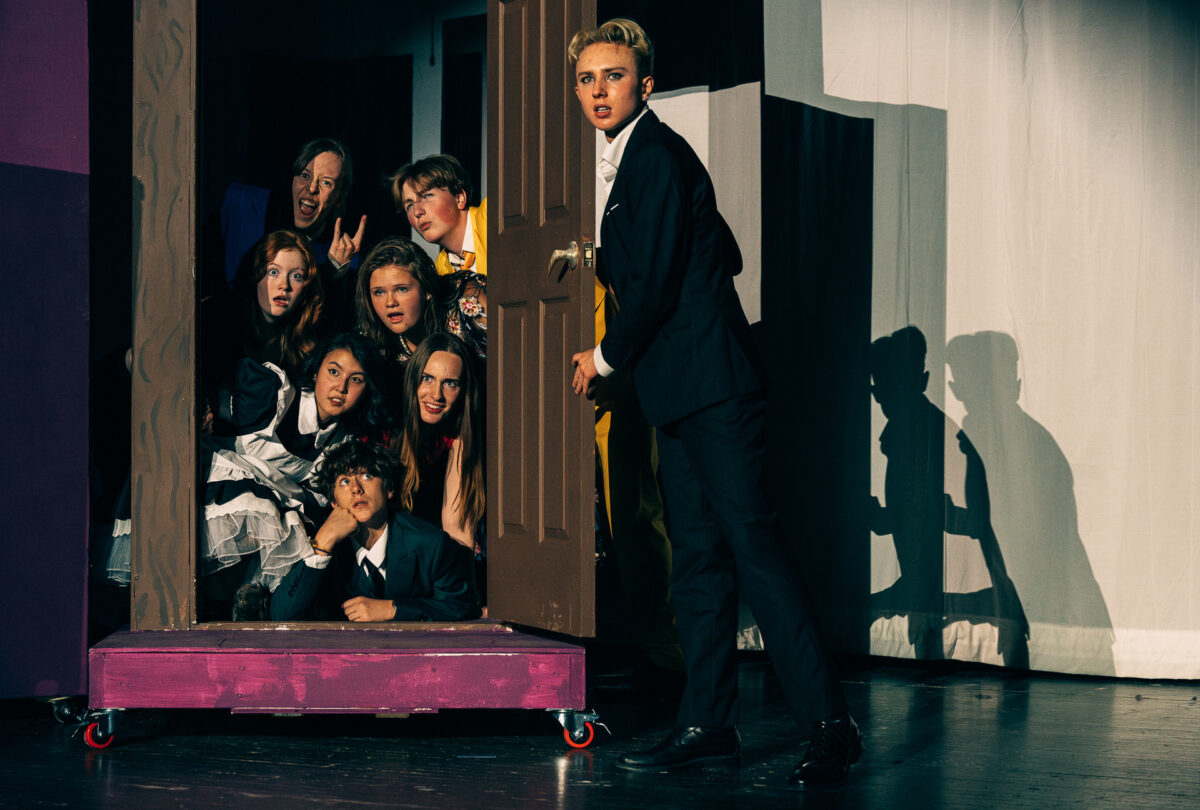
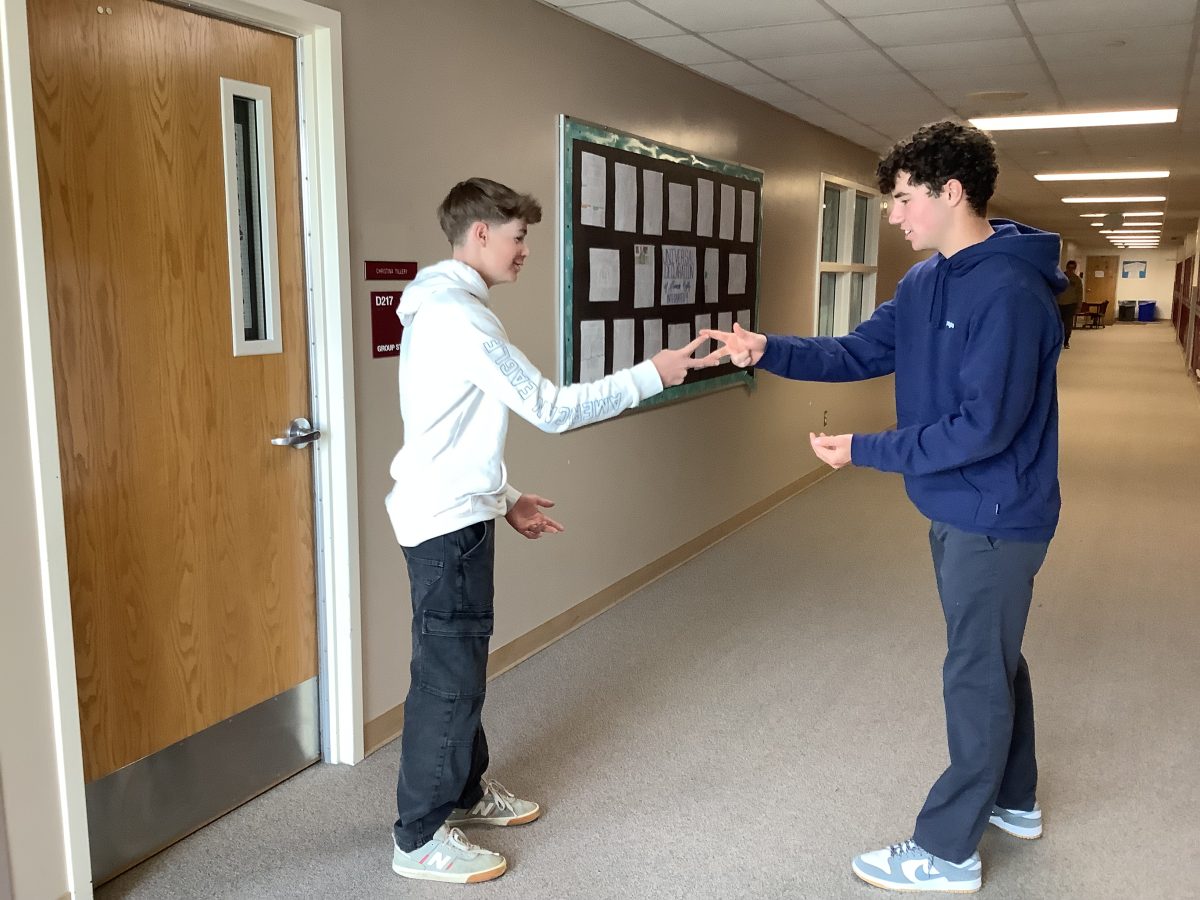

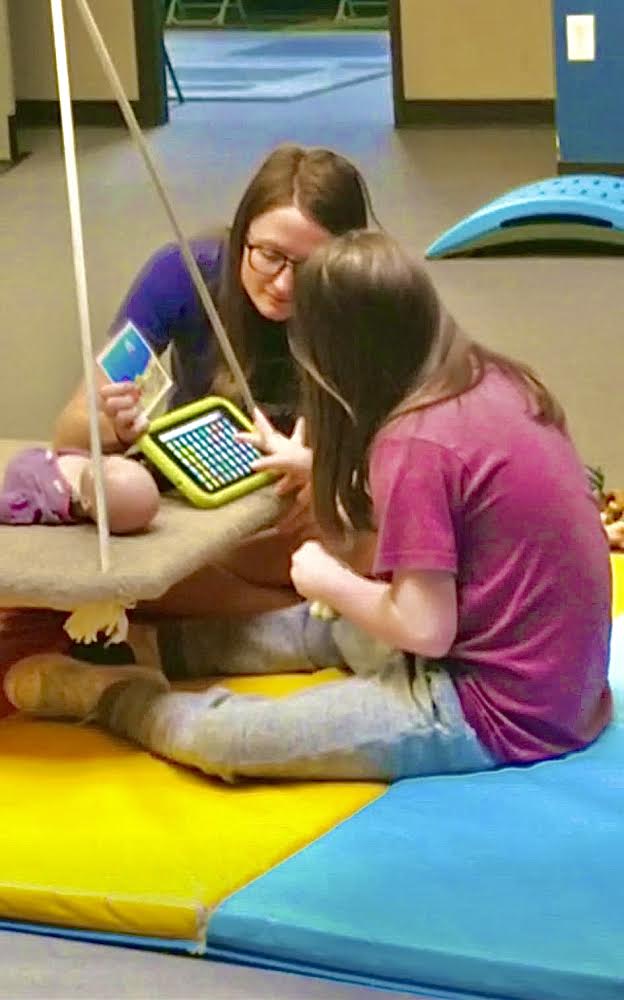
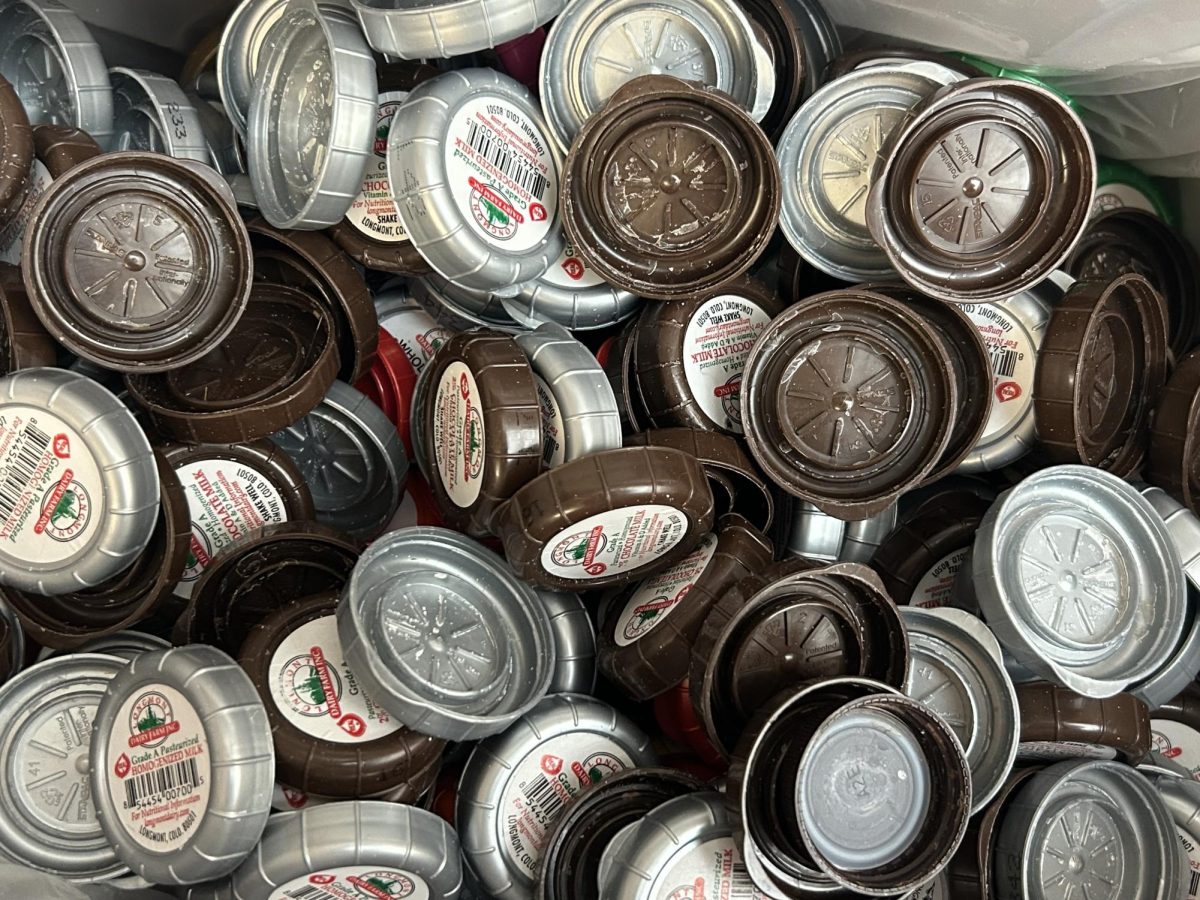
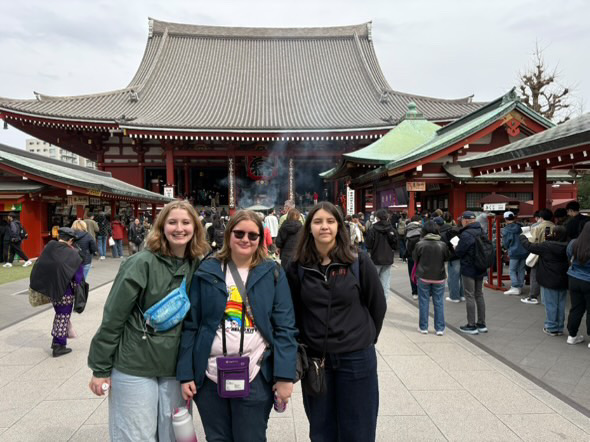
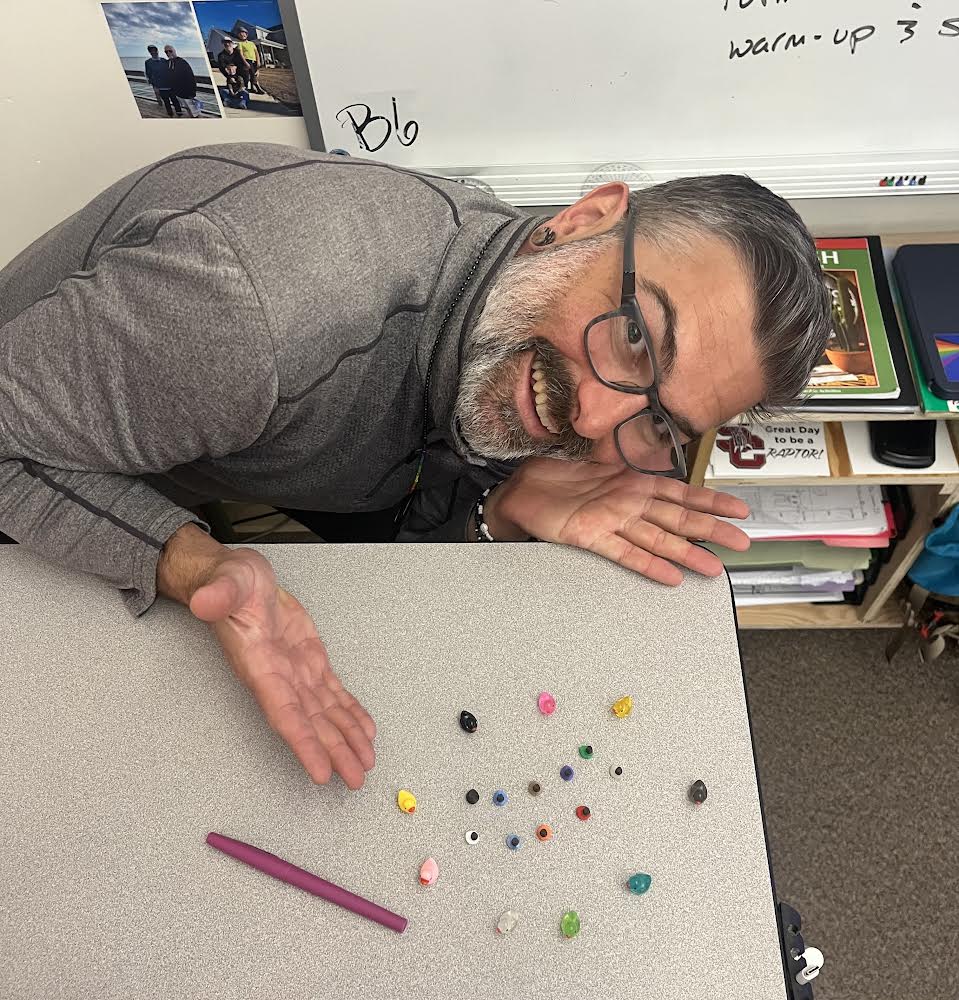
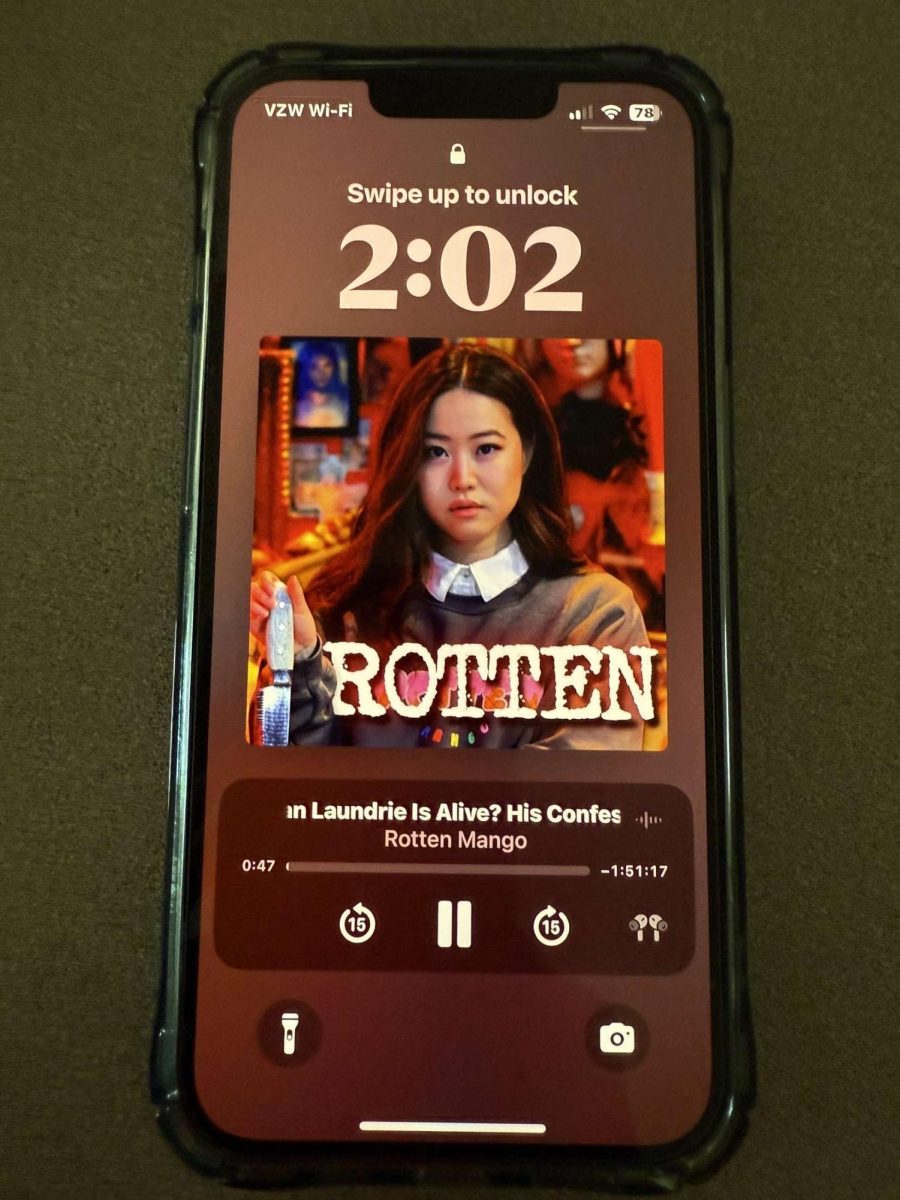
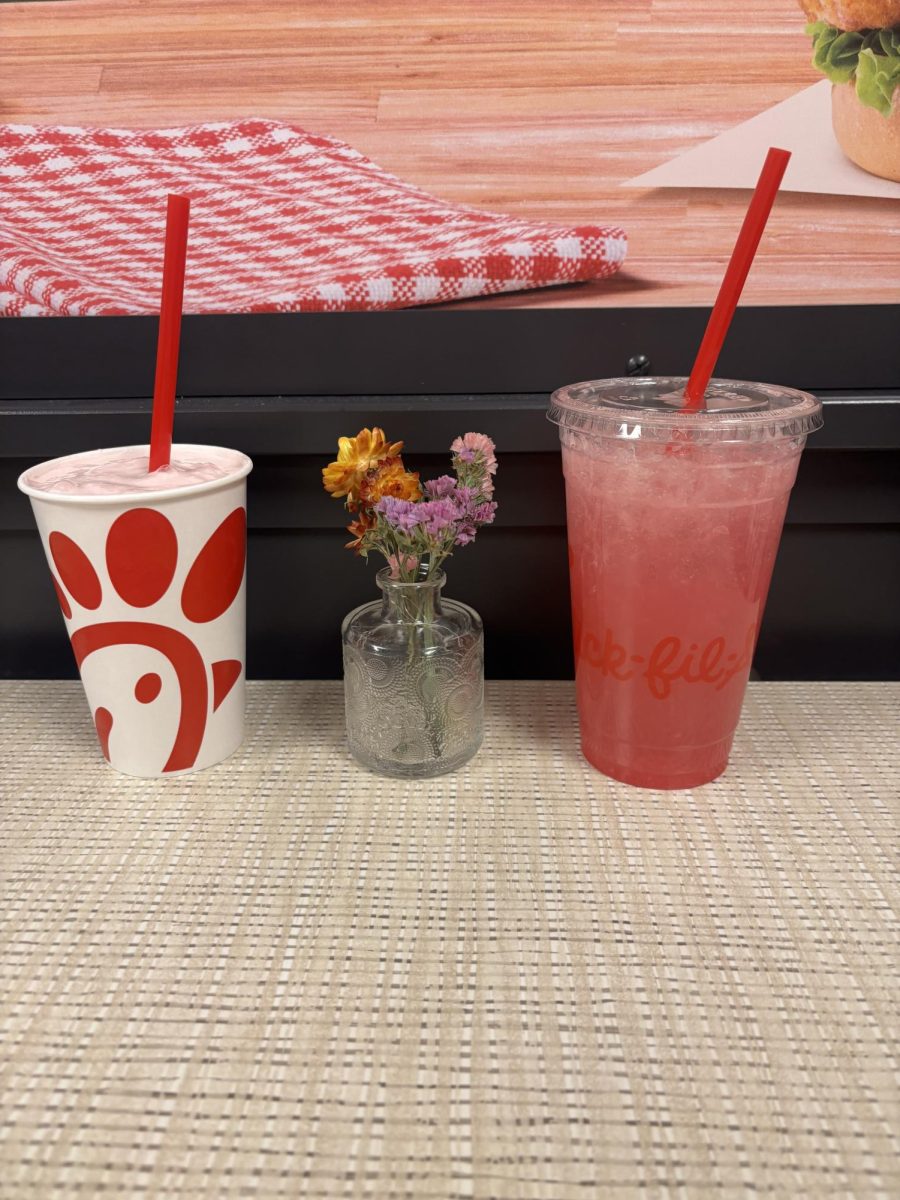
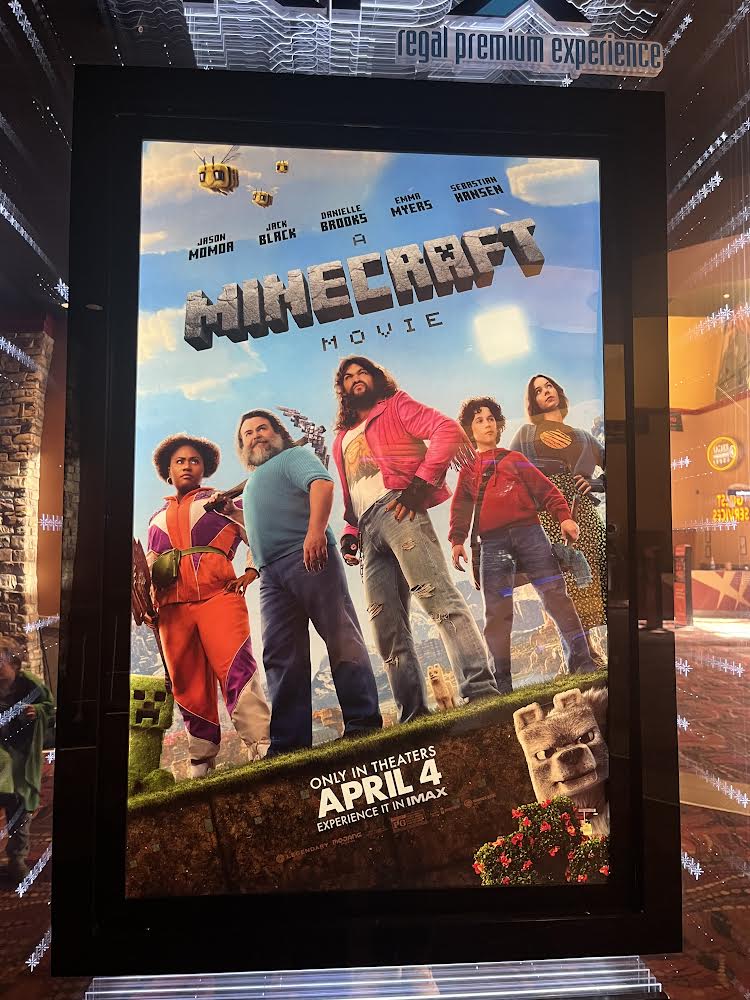


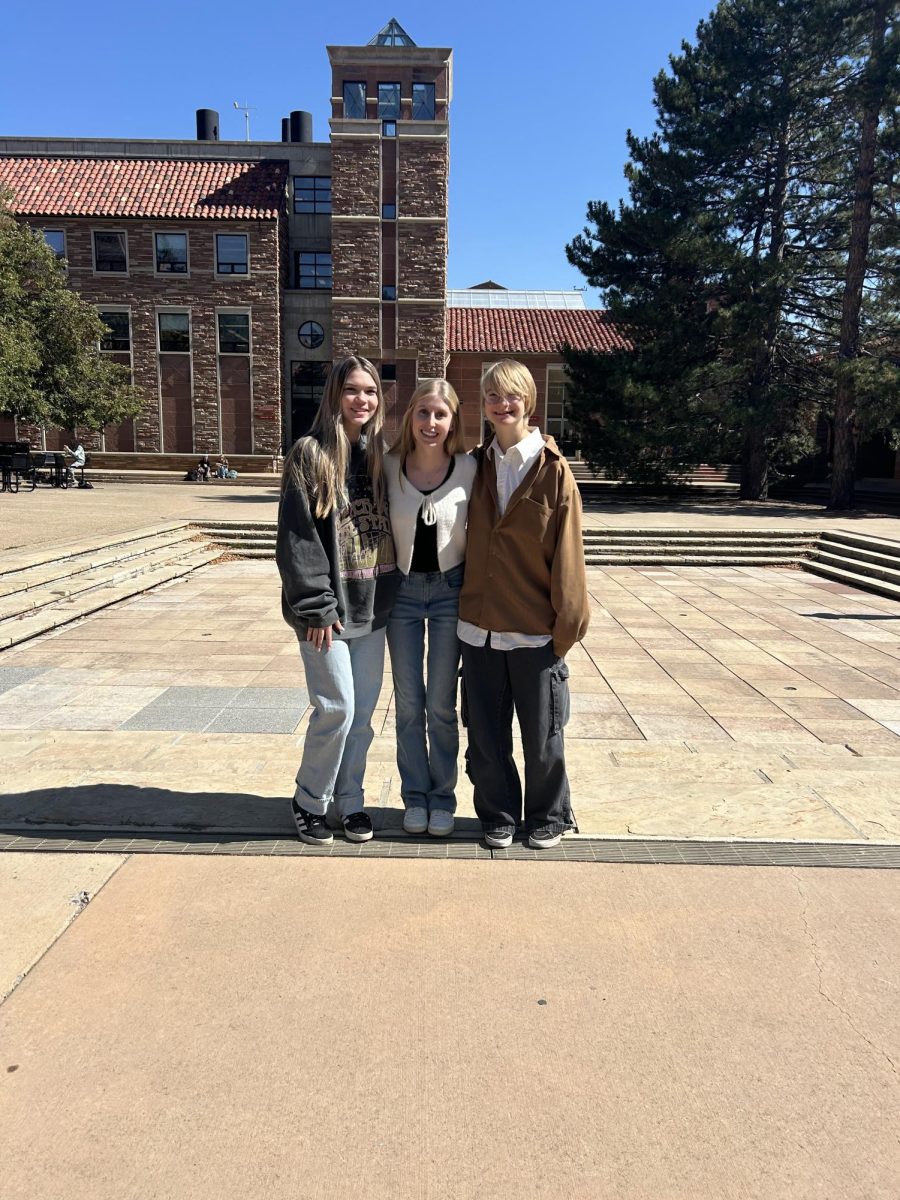
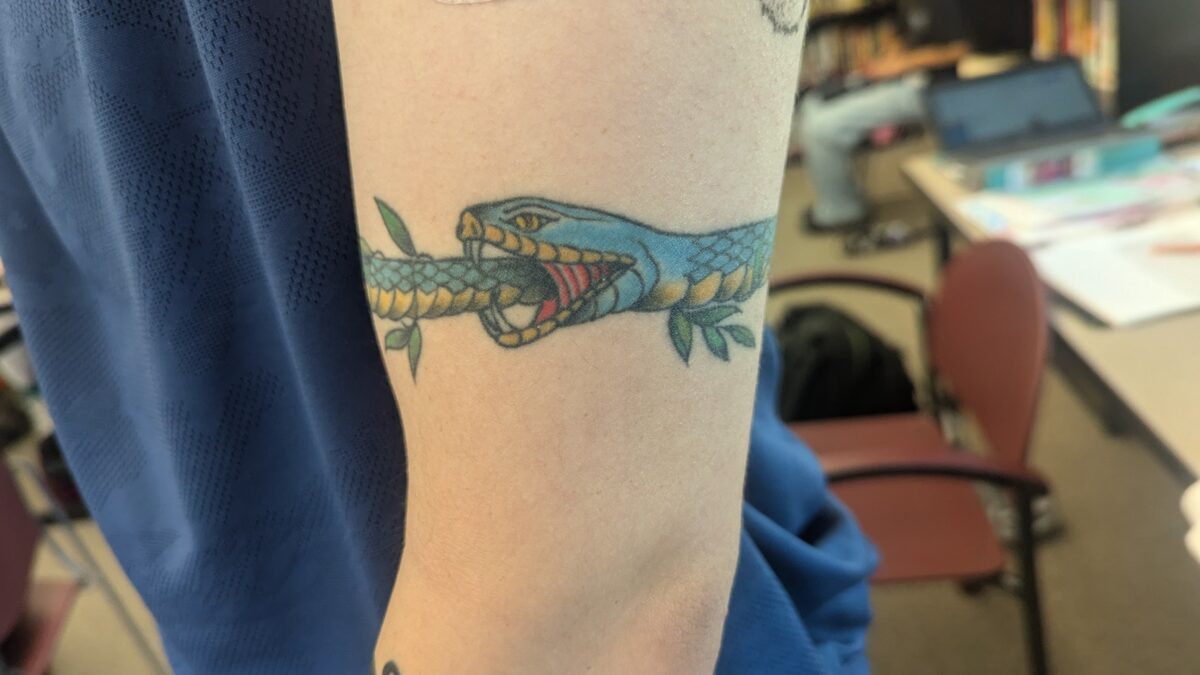
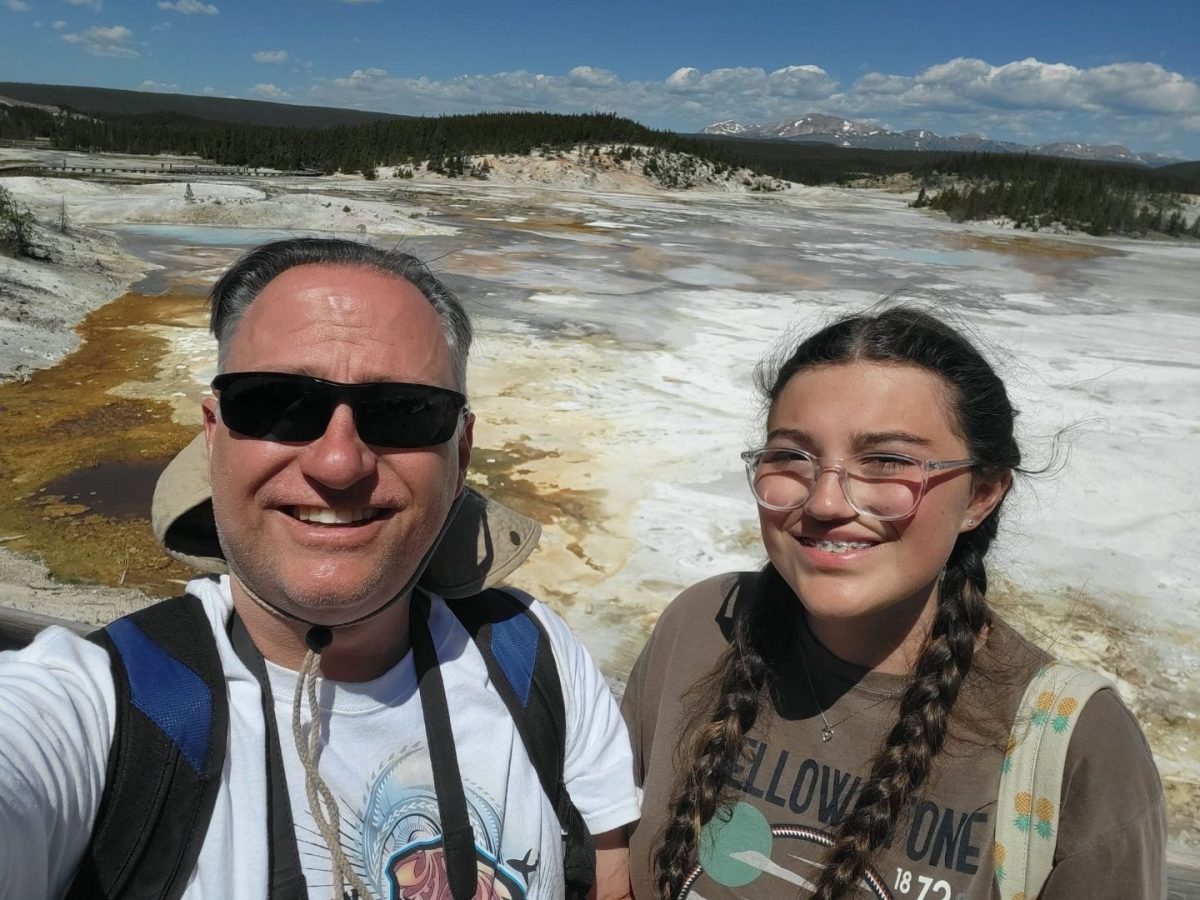
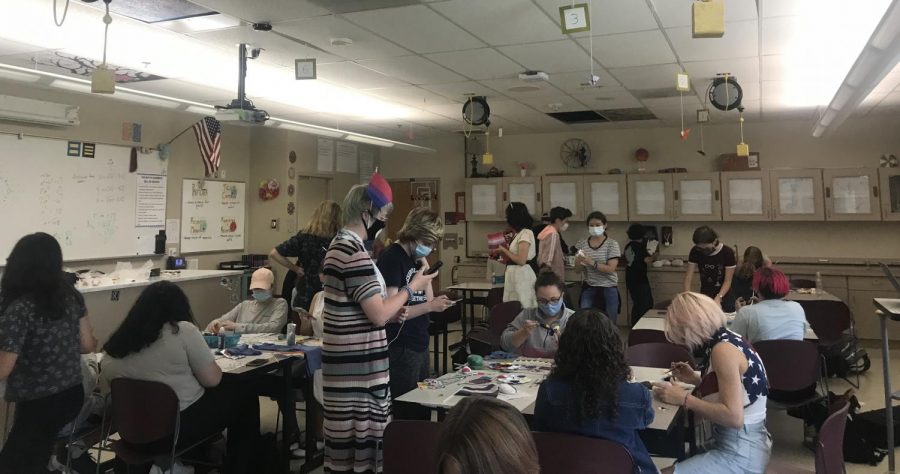
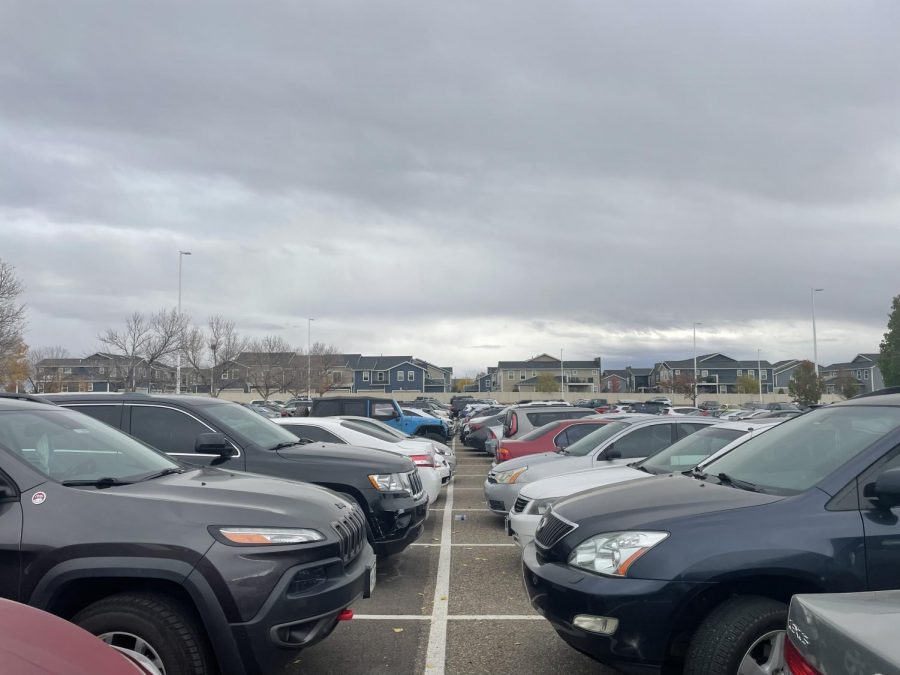
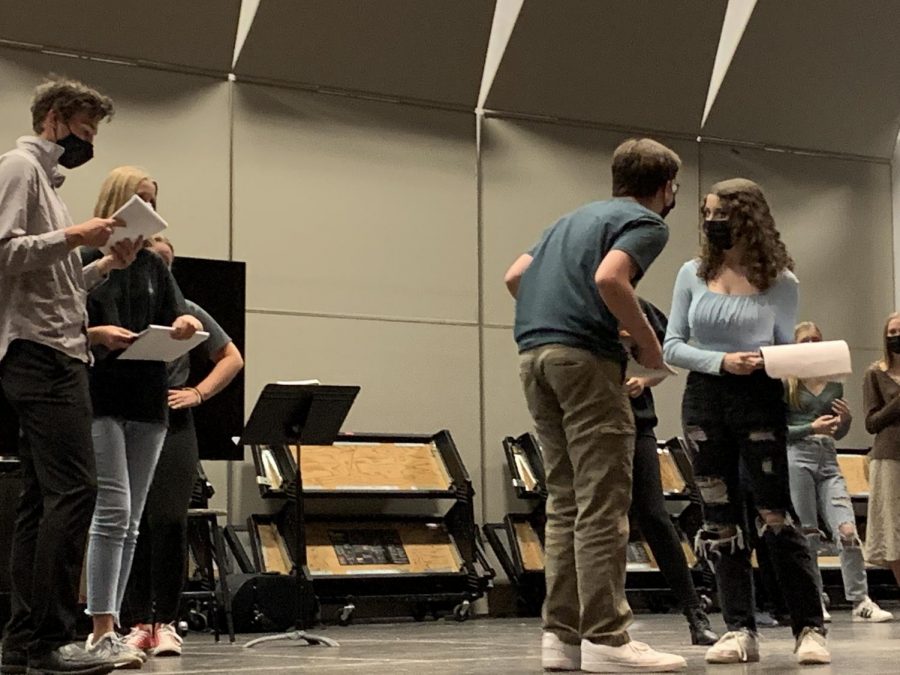
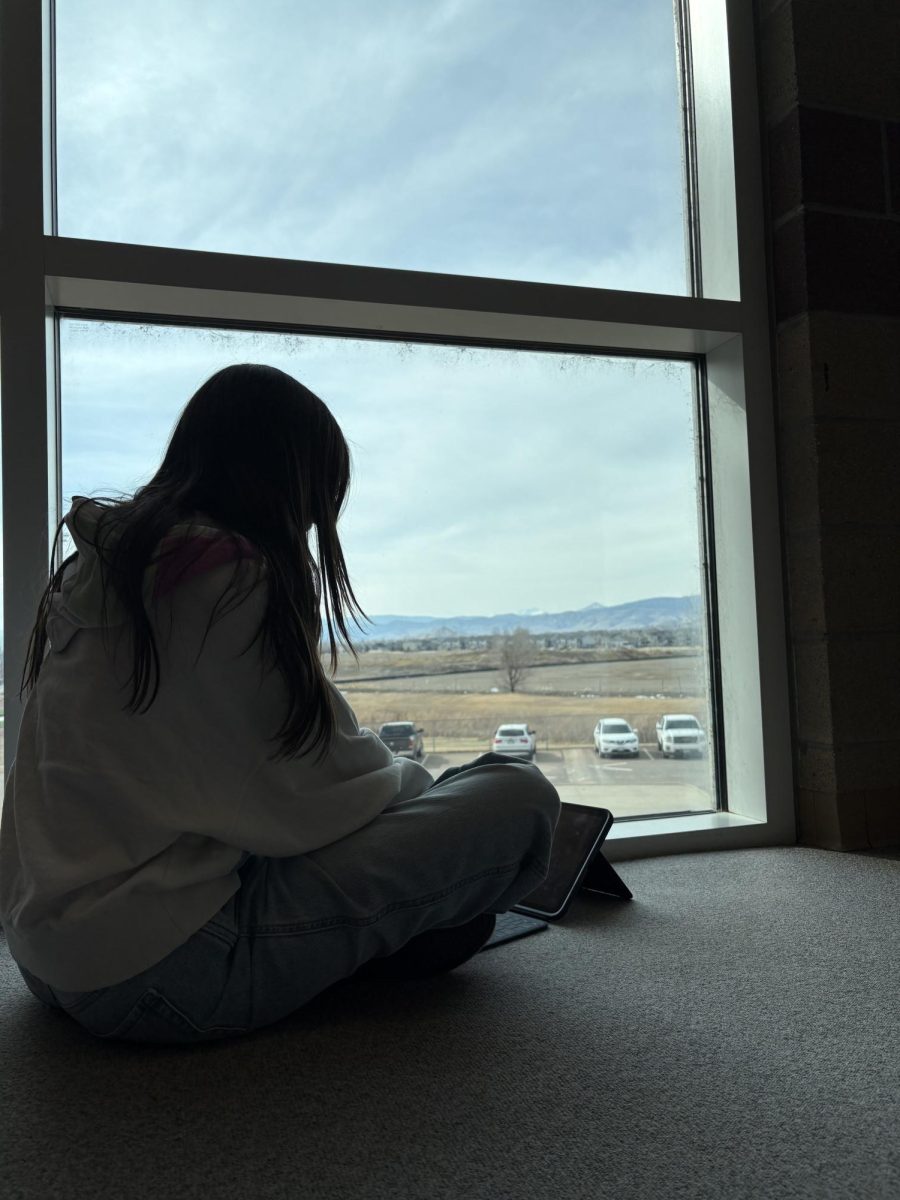

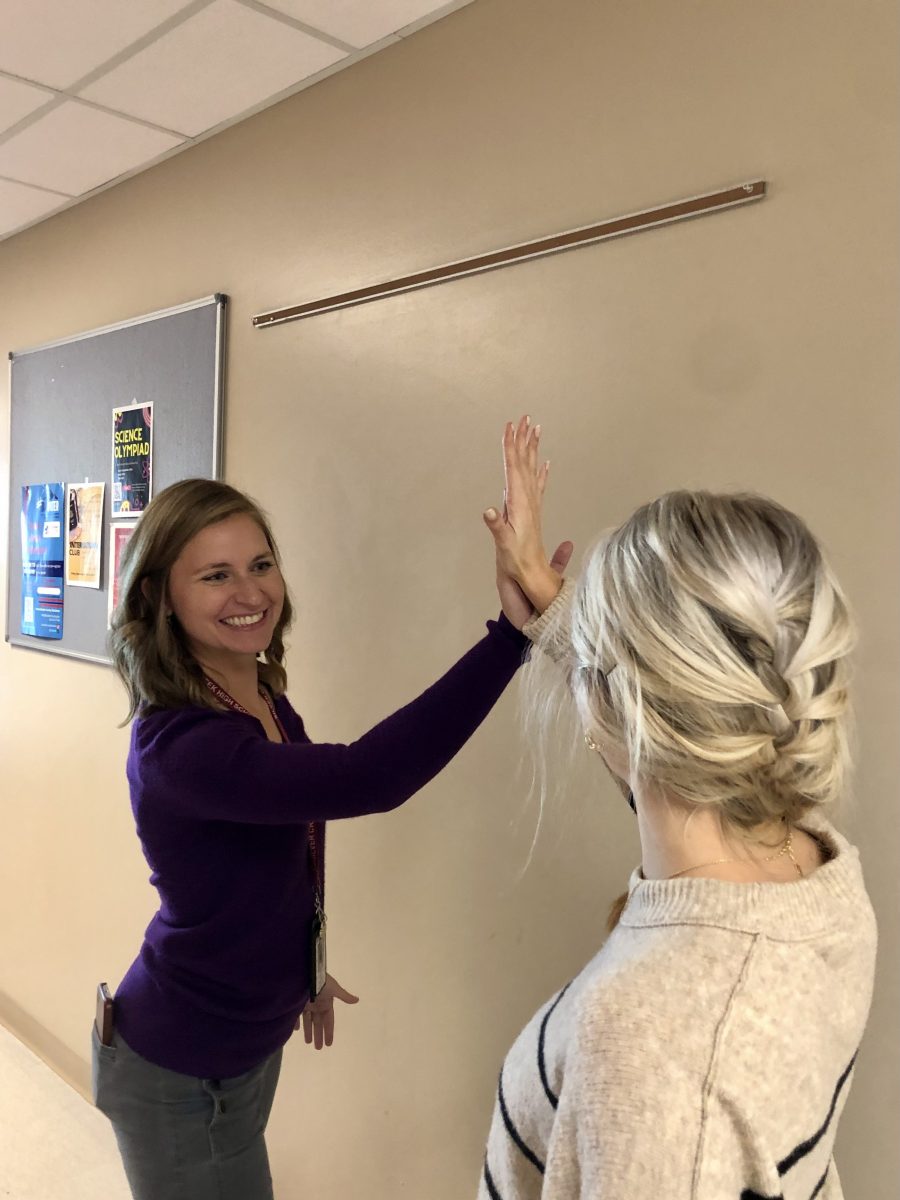
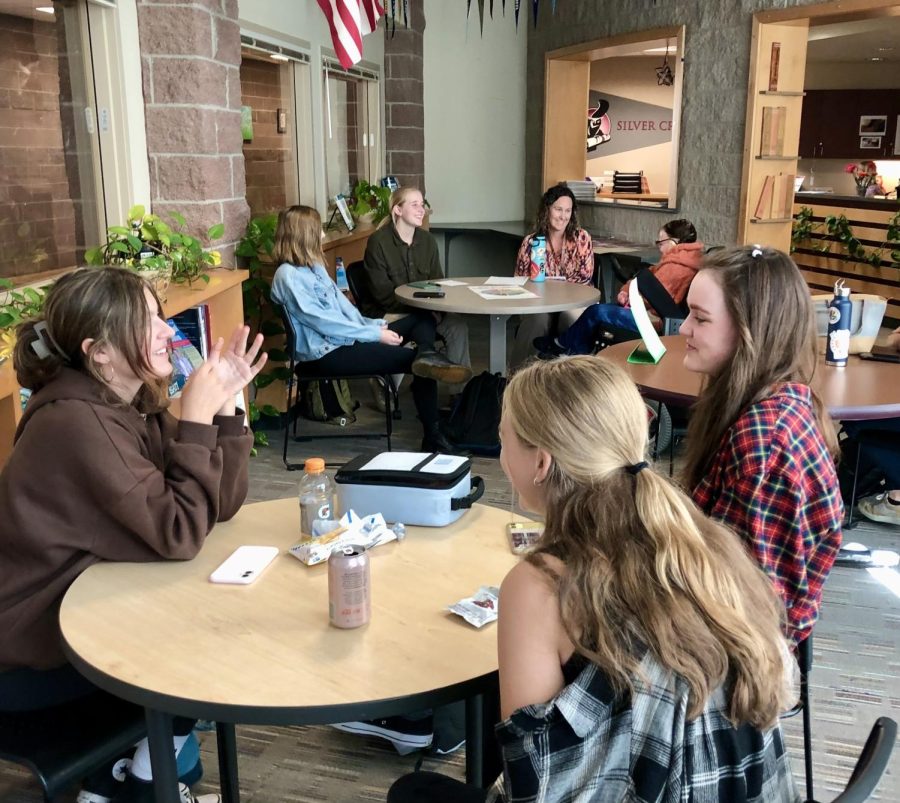
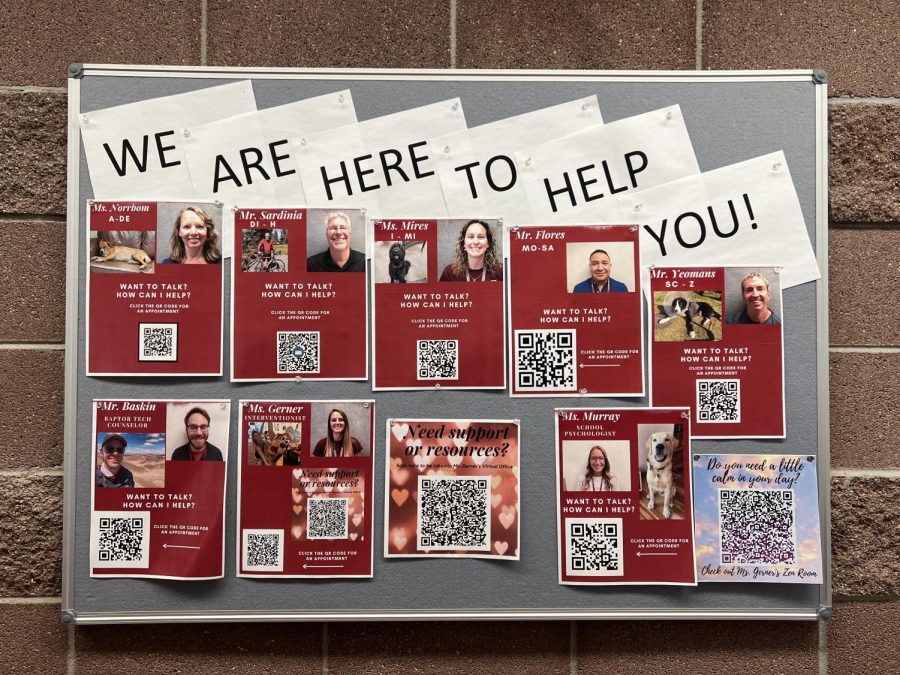
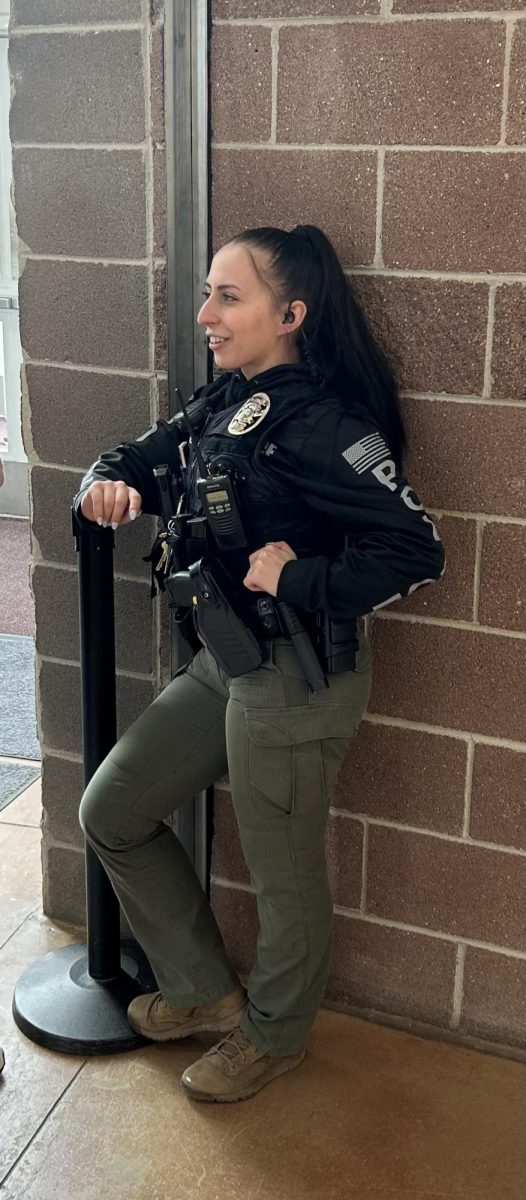
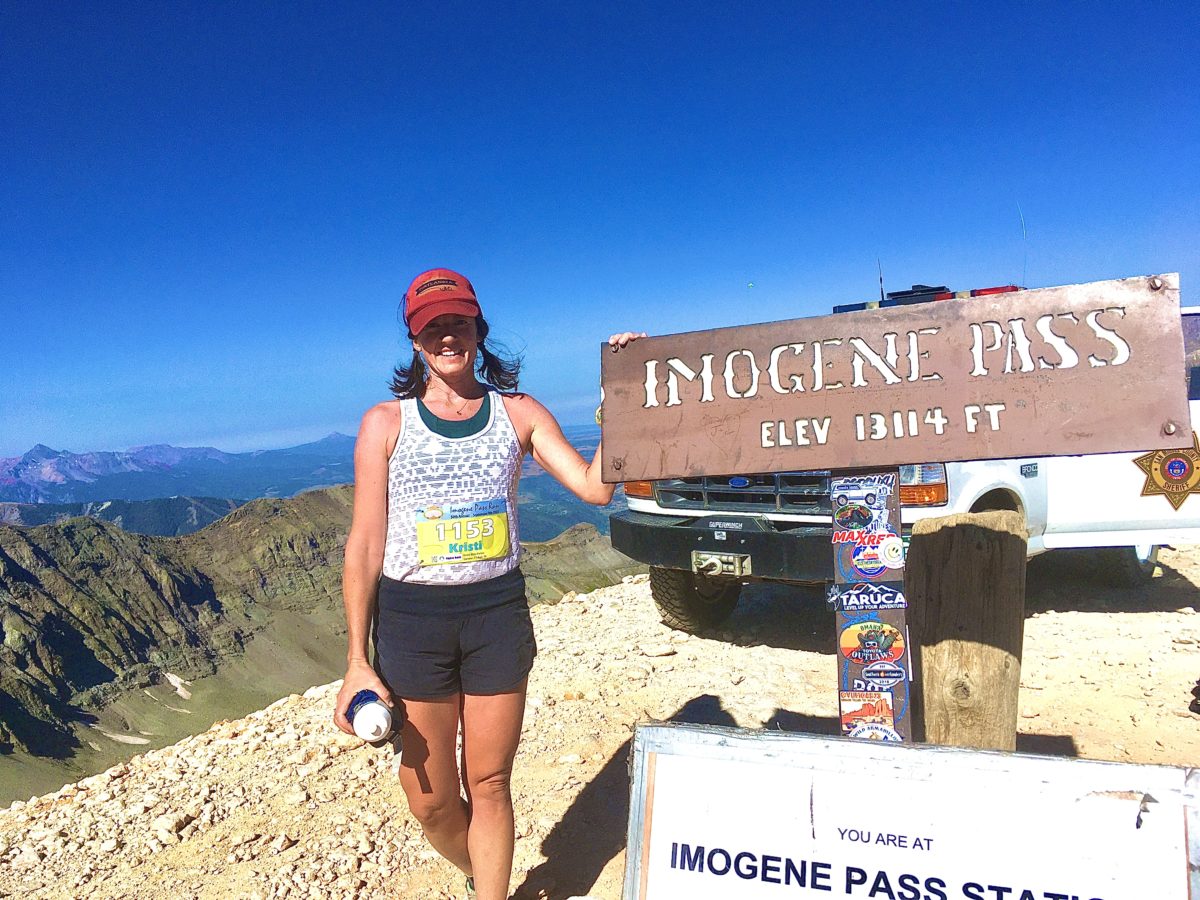
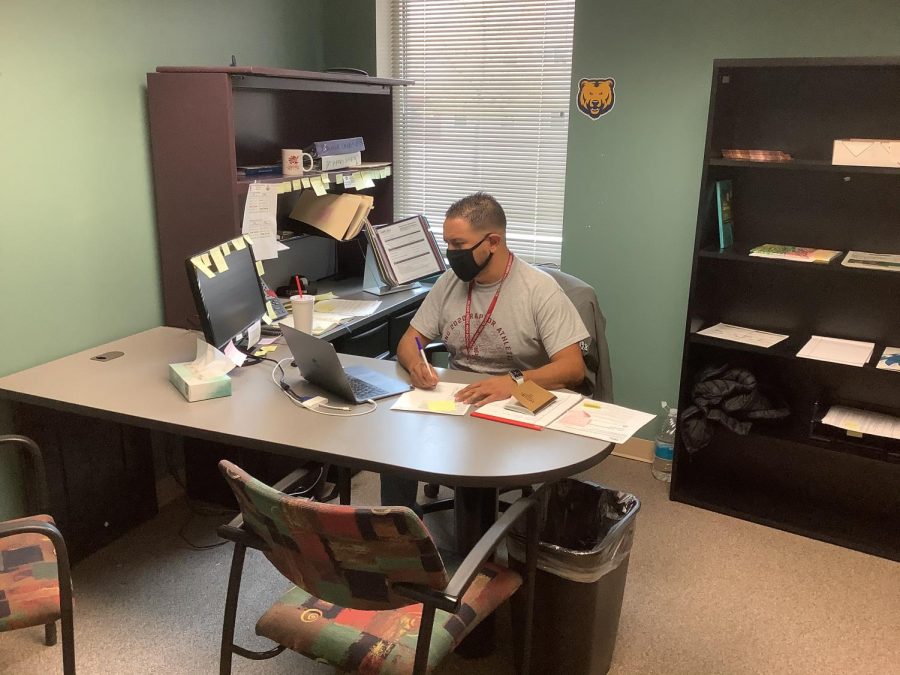
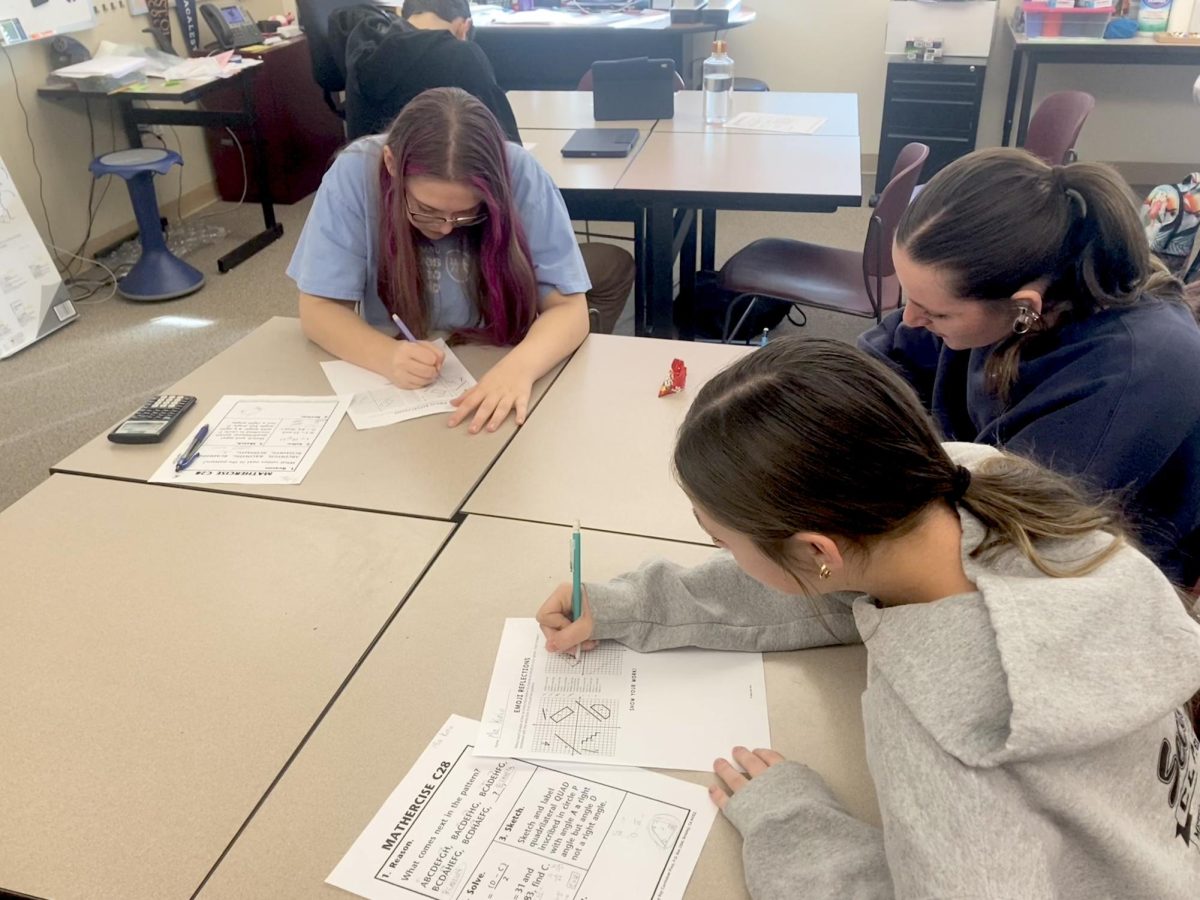
![Hosting the SCLA Casptone Mentor Dinner outside allowed for more attendees on September 27, 2021 at Silver Creek. This event would’ve usually been held inside. According to Lauren Kohn, a SCLA 12 teacher, “If we have a higher number of people, as long as we can host the event outside, then that seems to be keeping every[one] safe”.](https://schsnews.org/wp-content/uploads/2021/11/sxMAIGbSYGodZkqmrvTi5YWcJ1ssWA08ApkeMLpp-900x675.jpeg)
